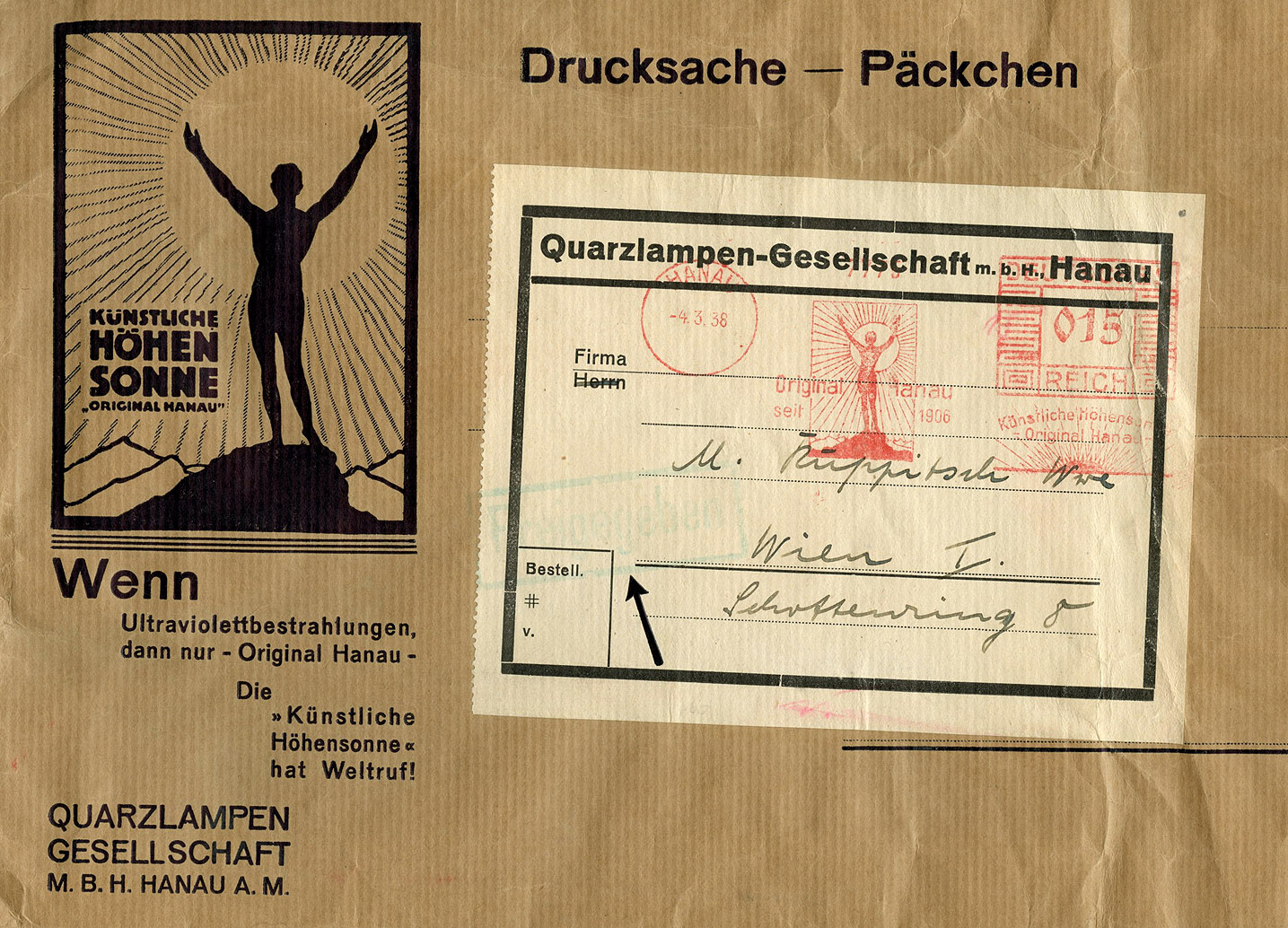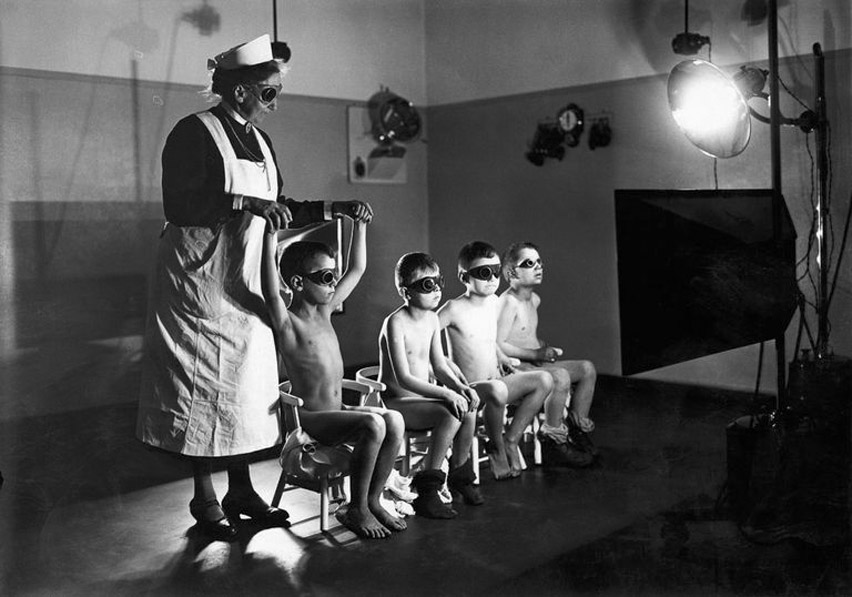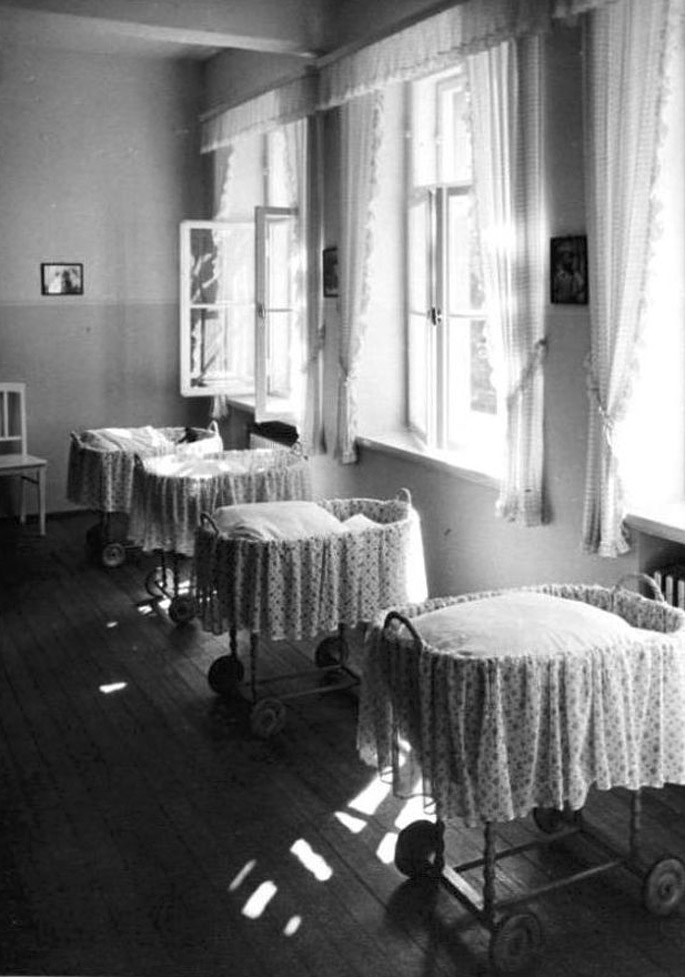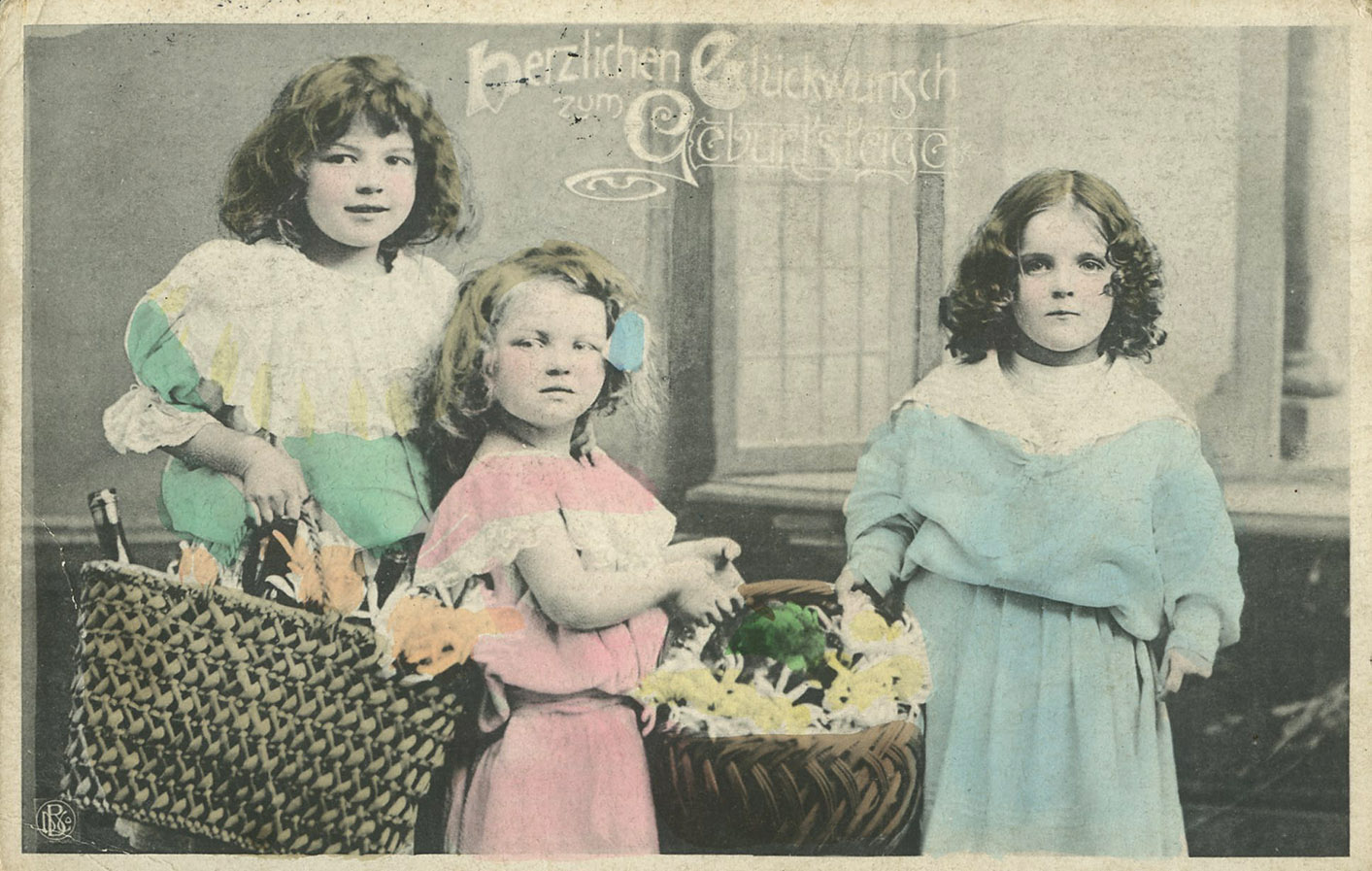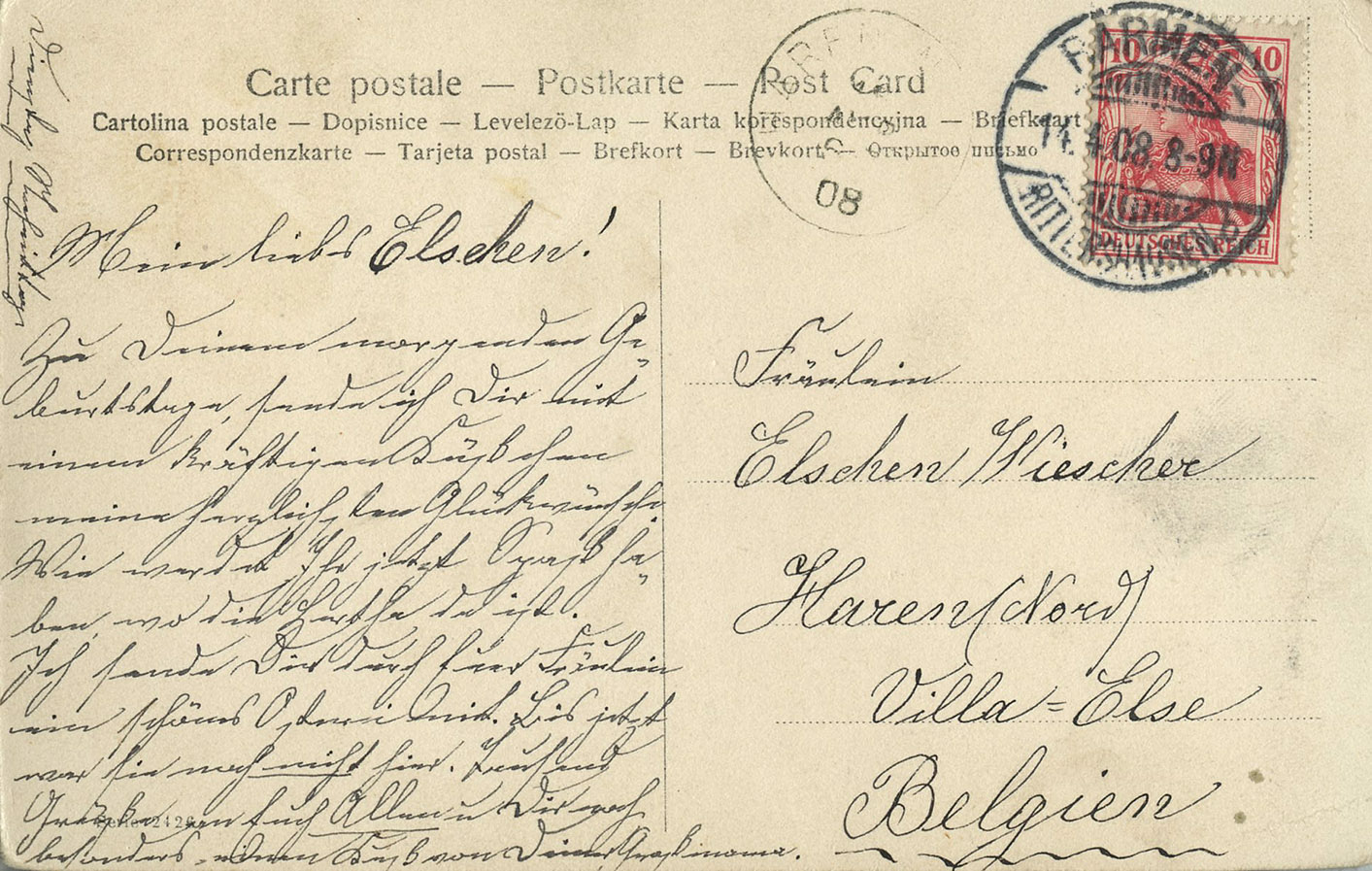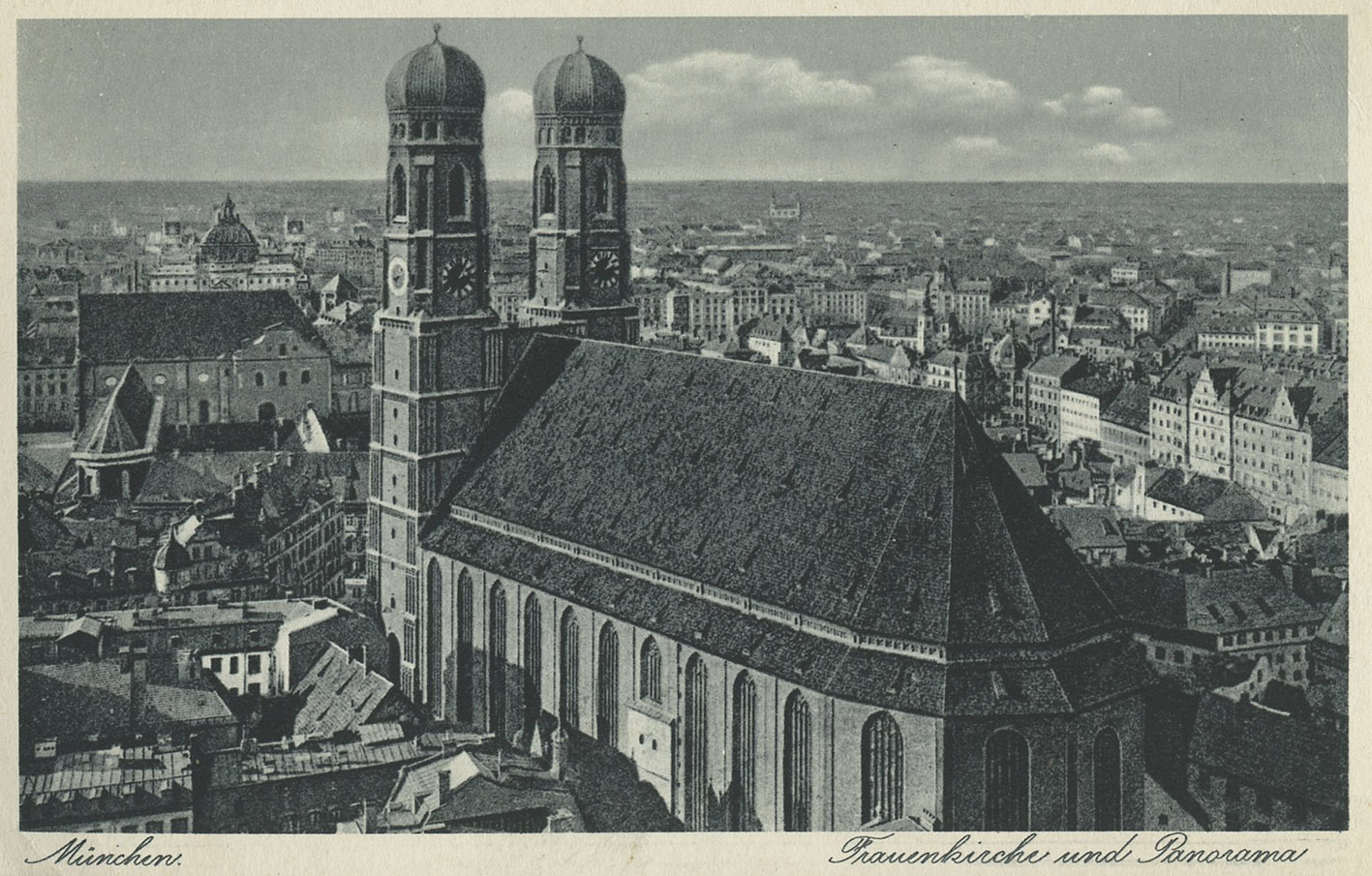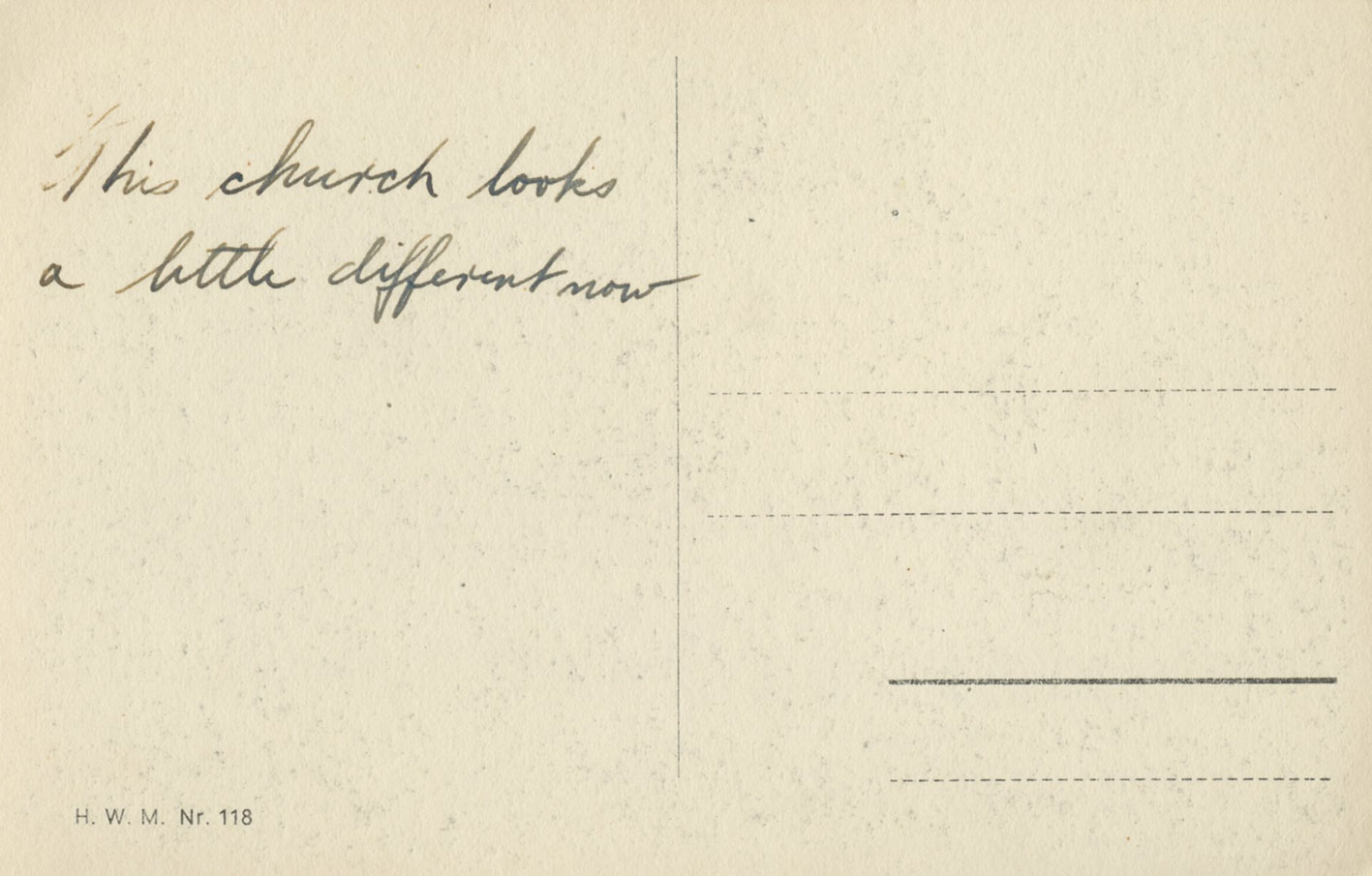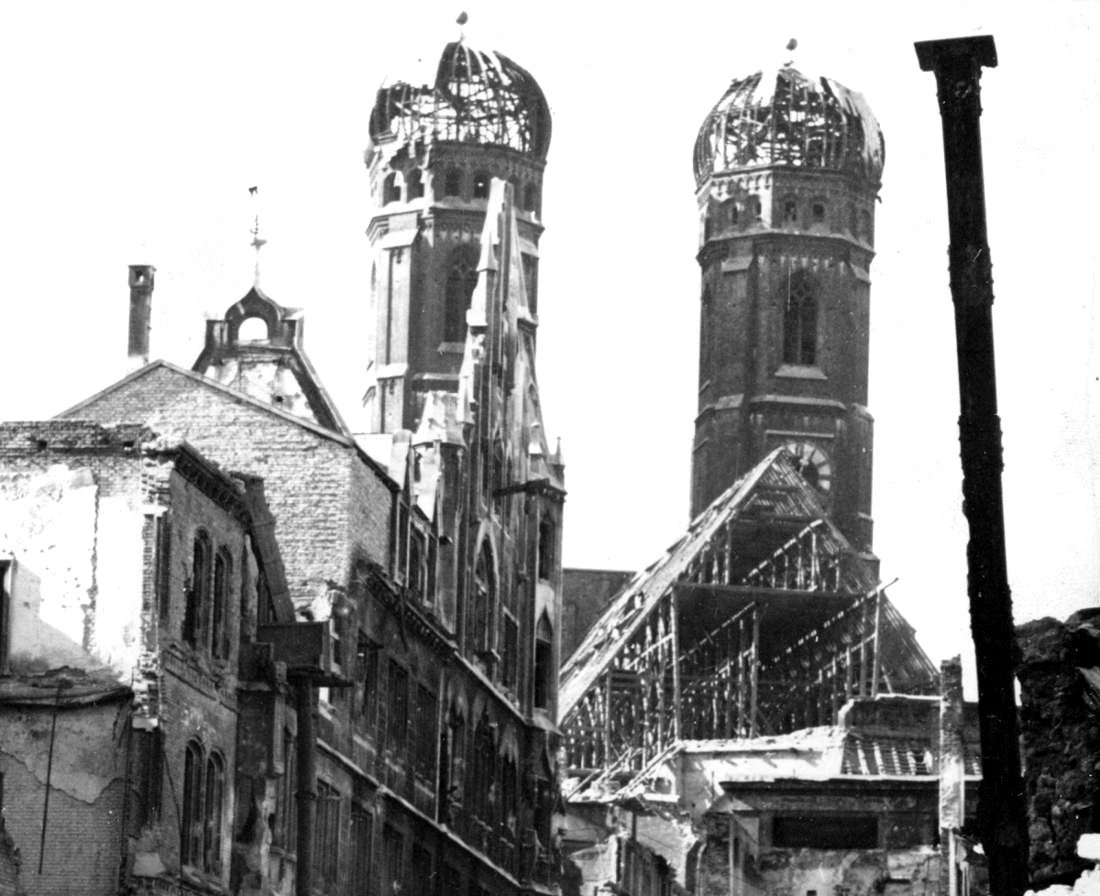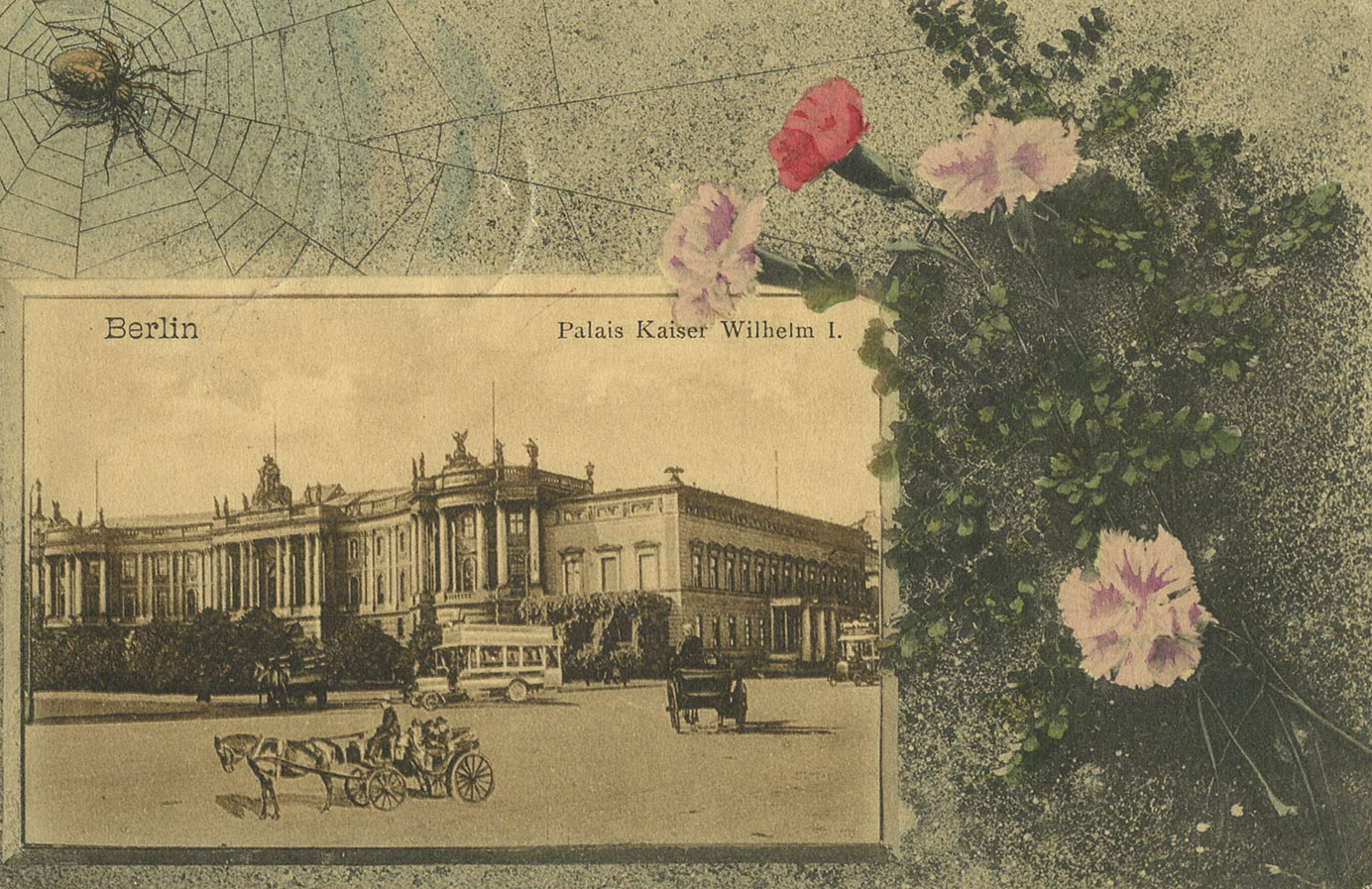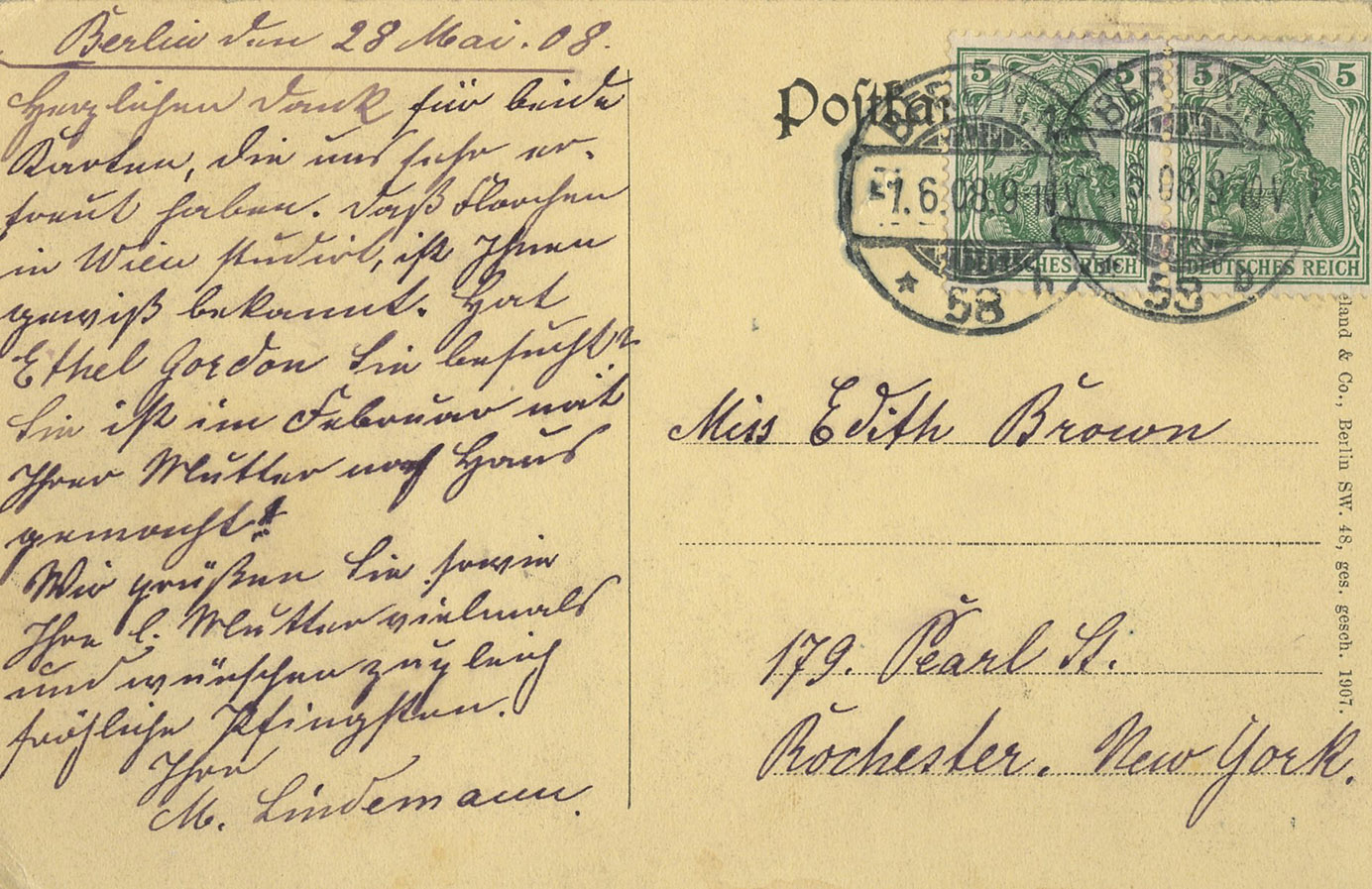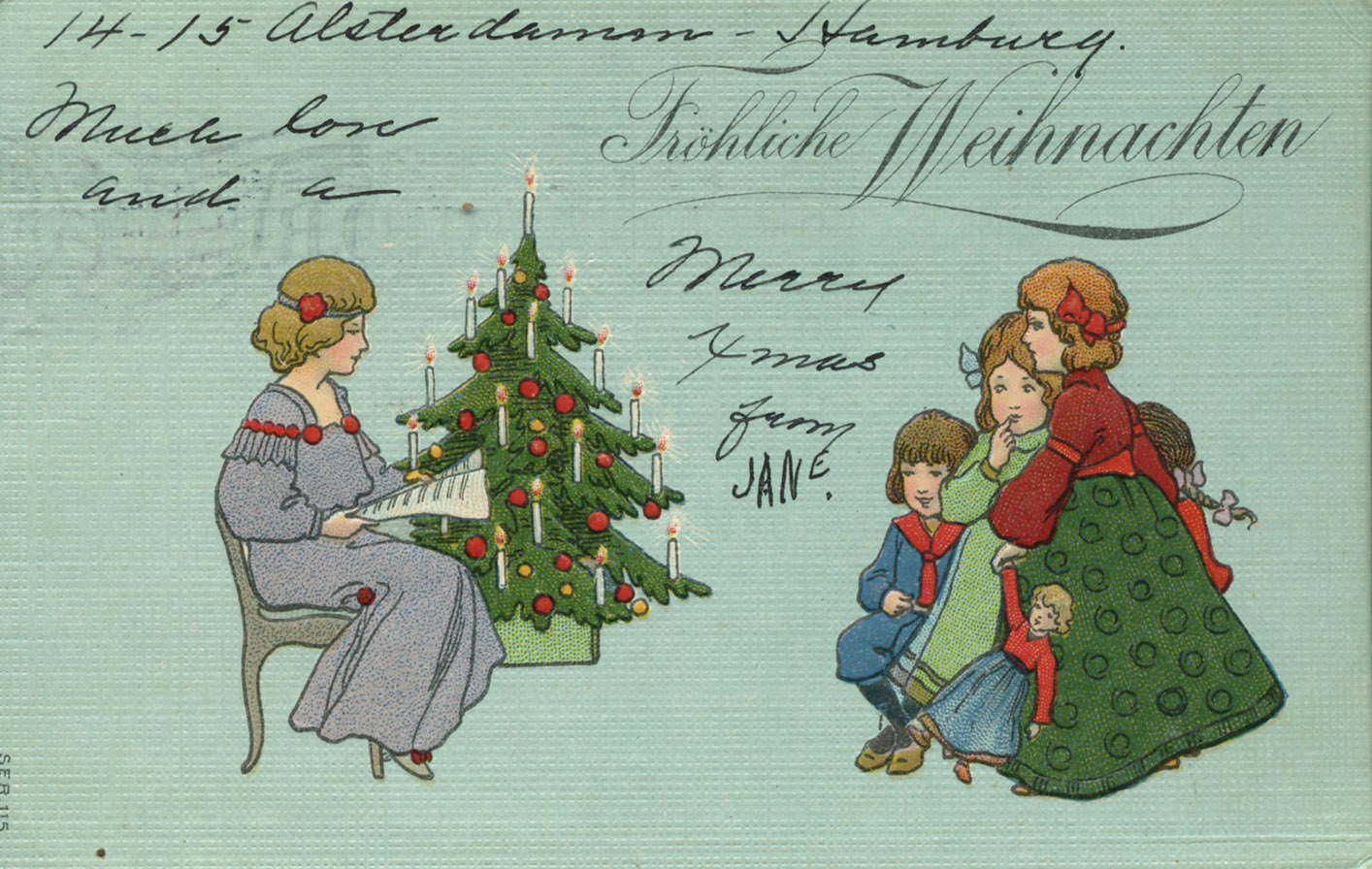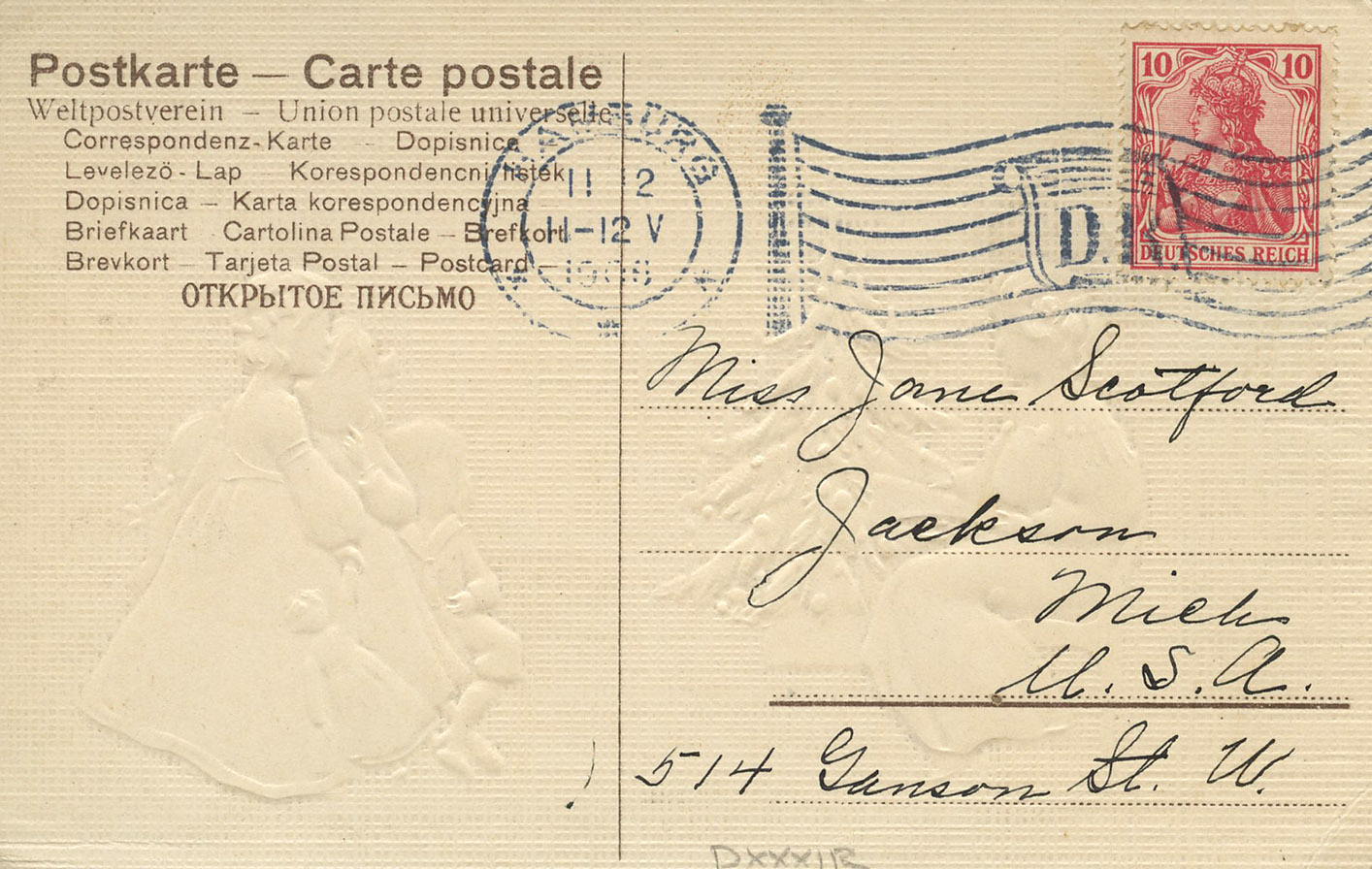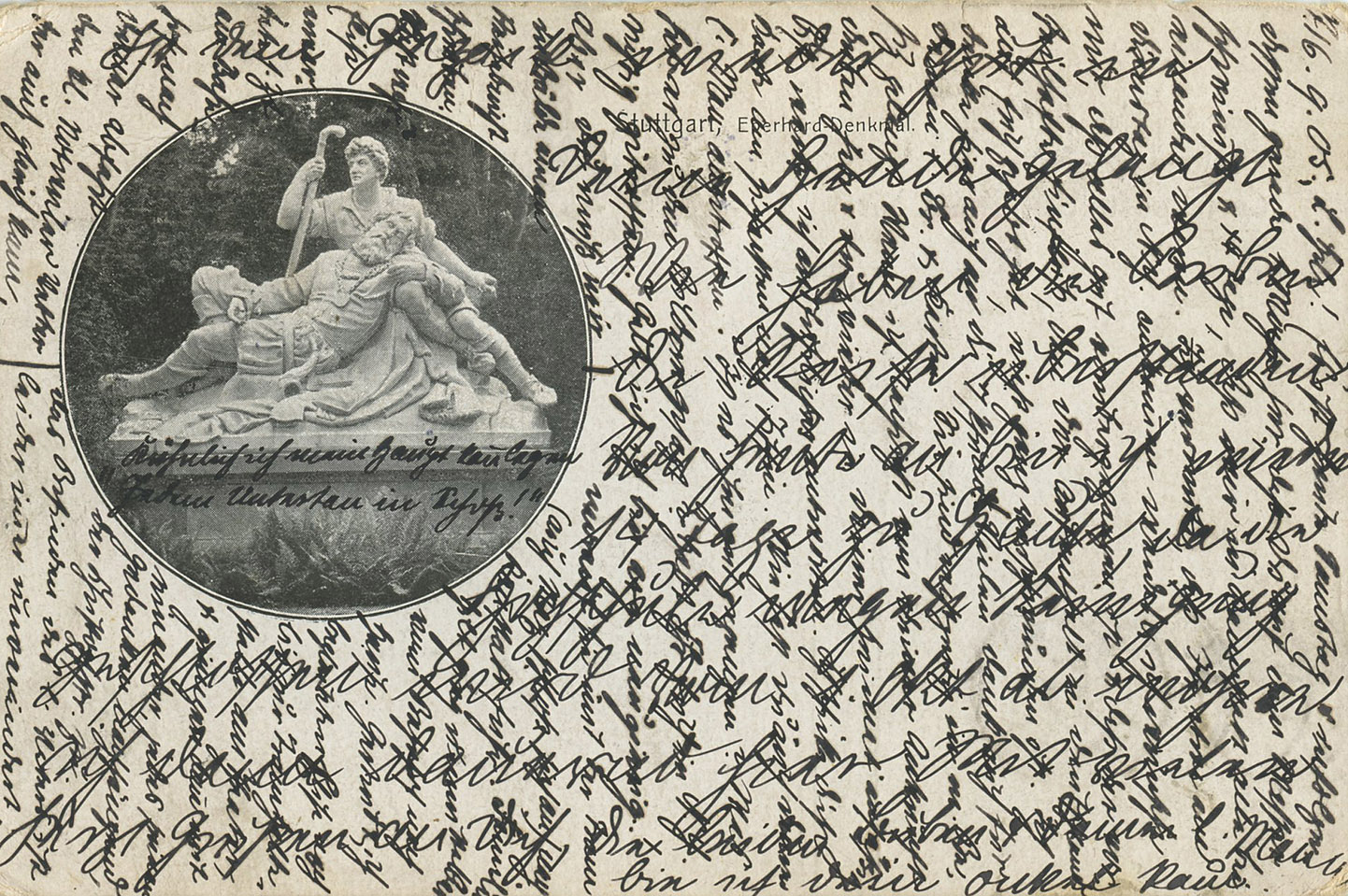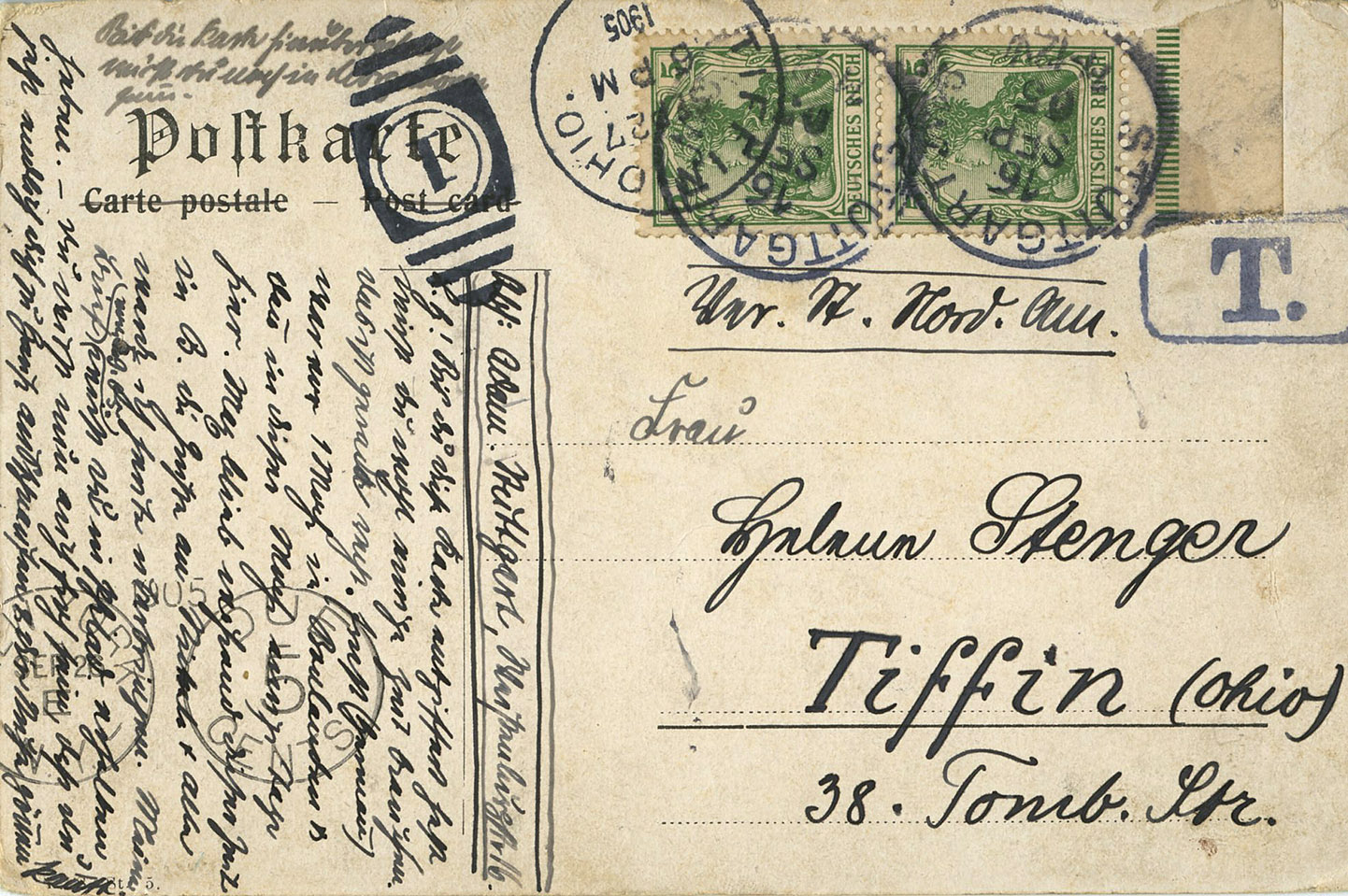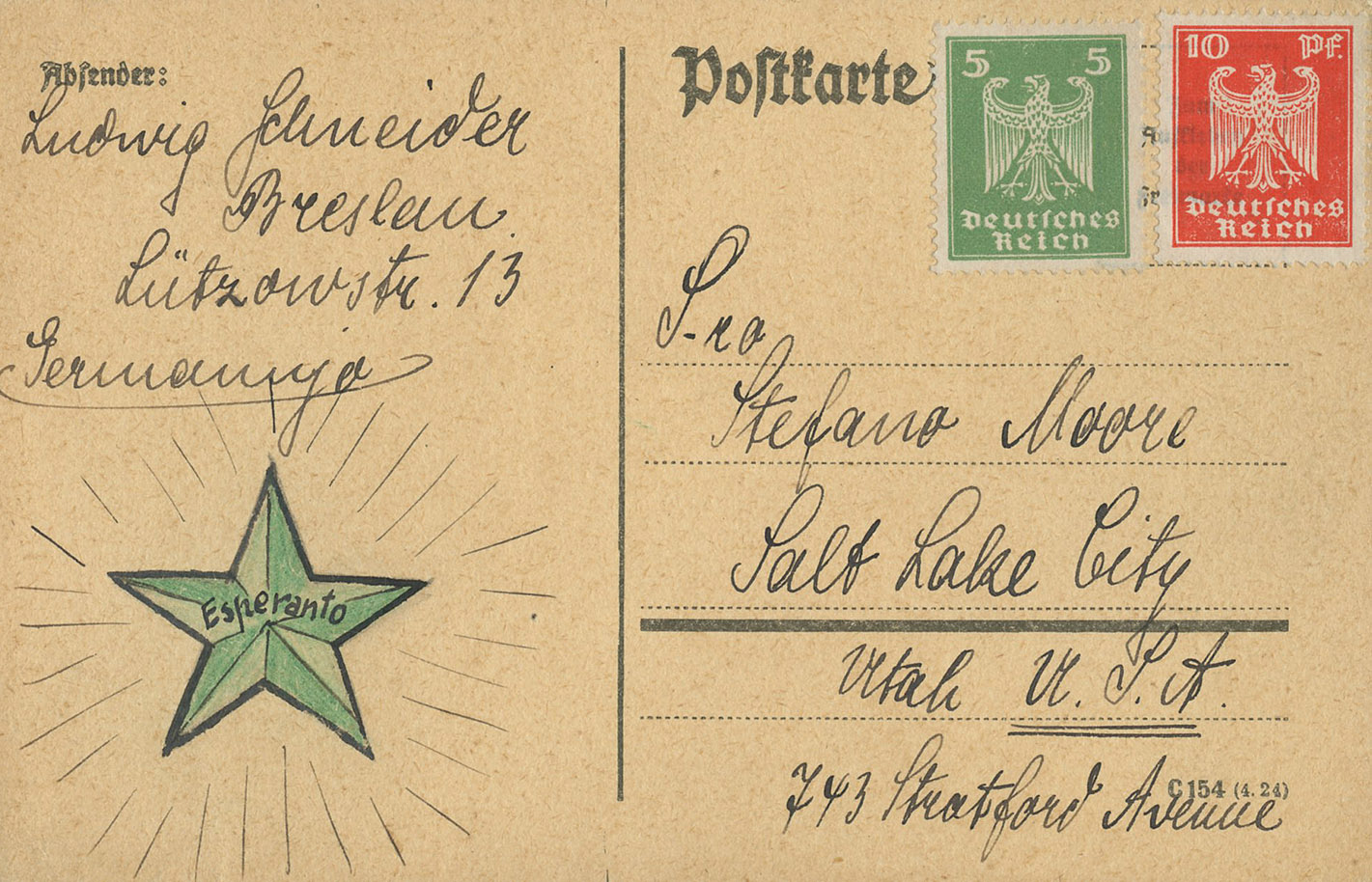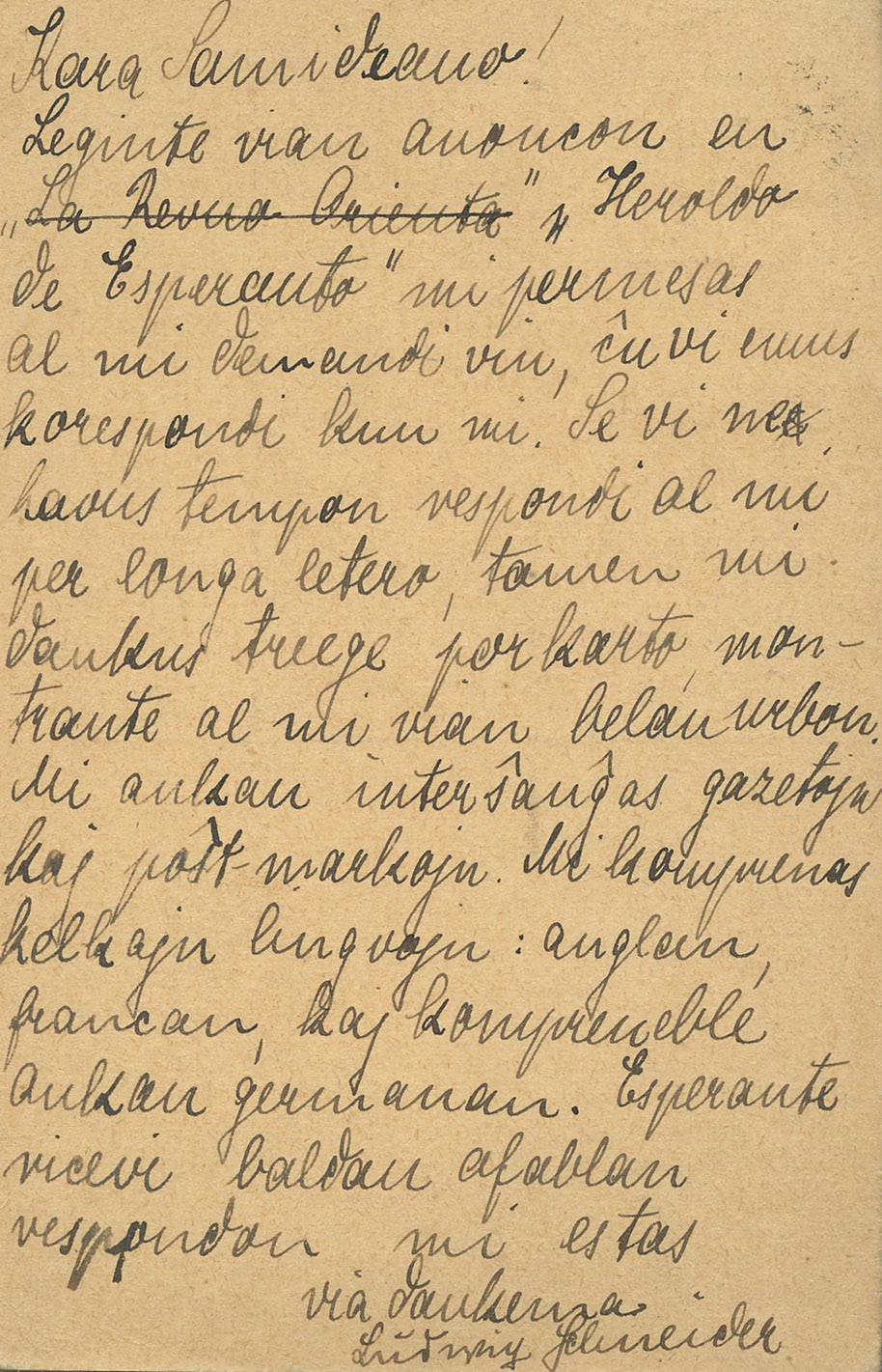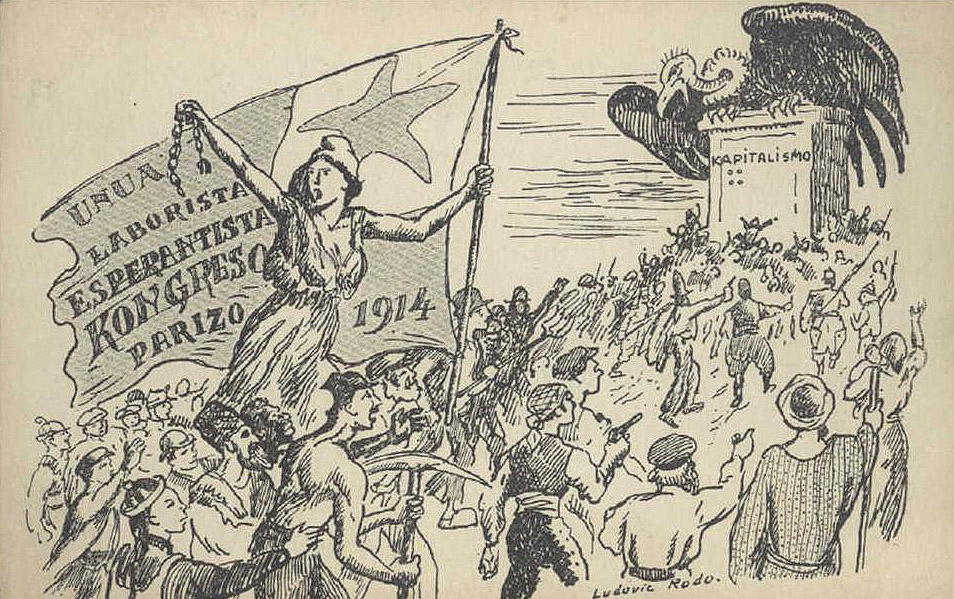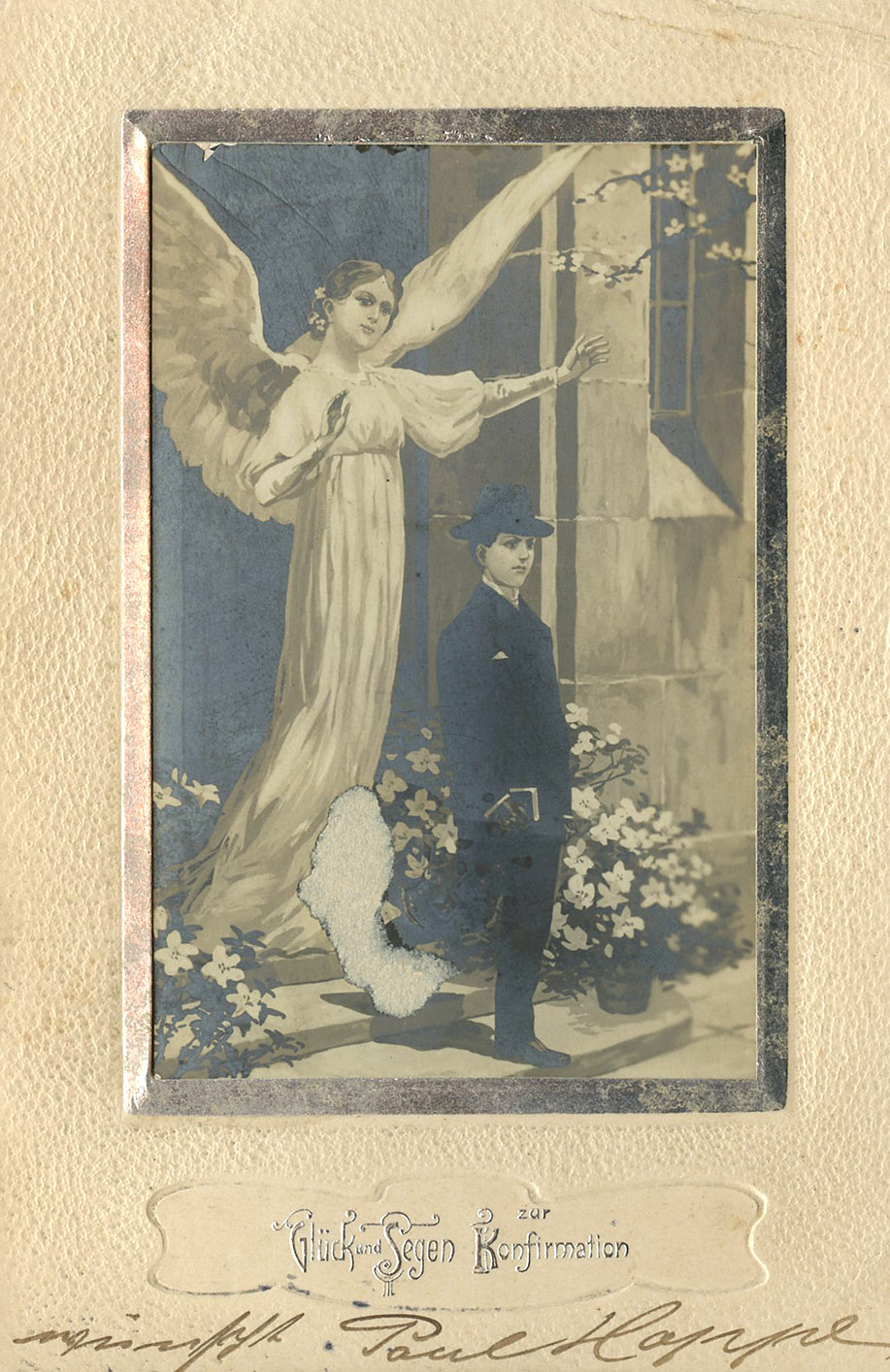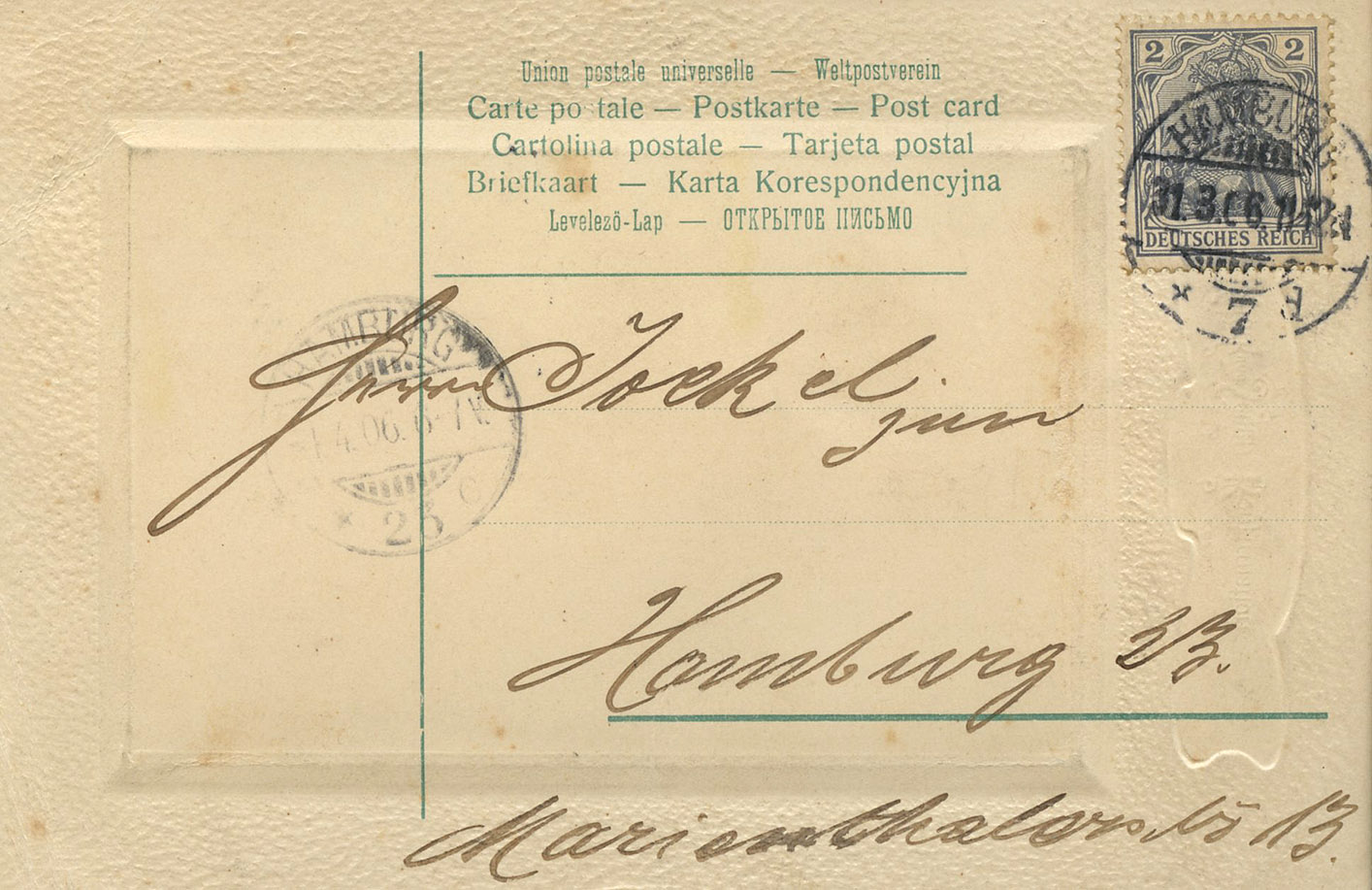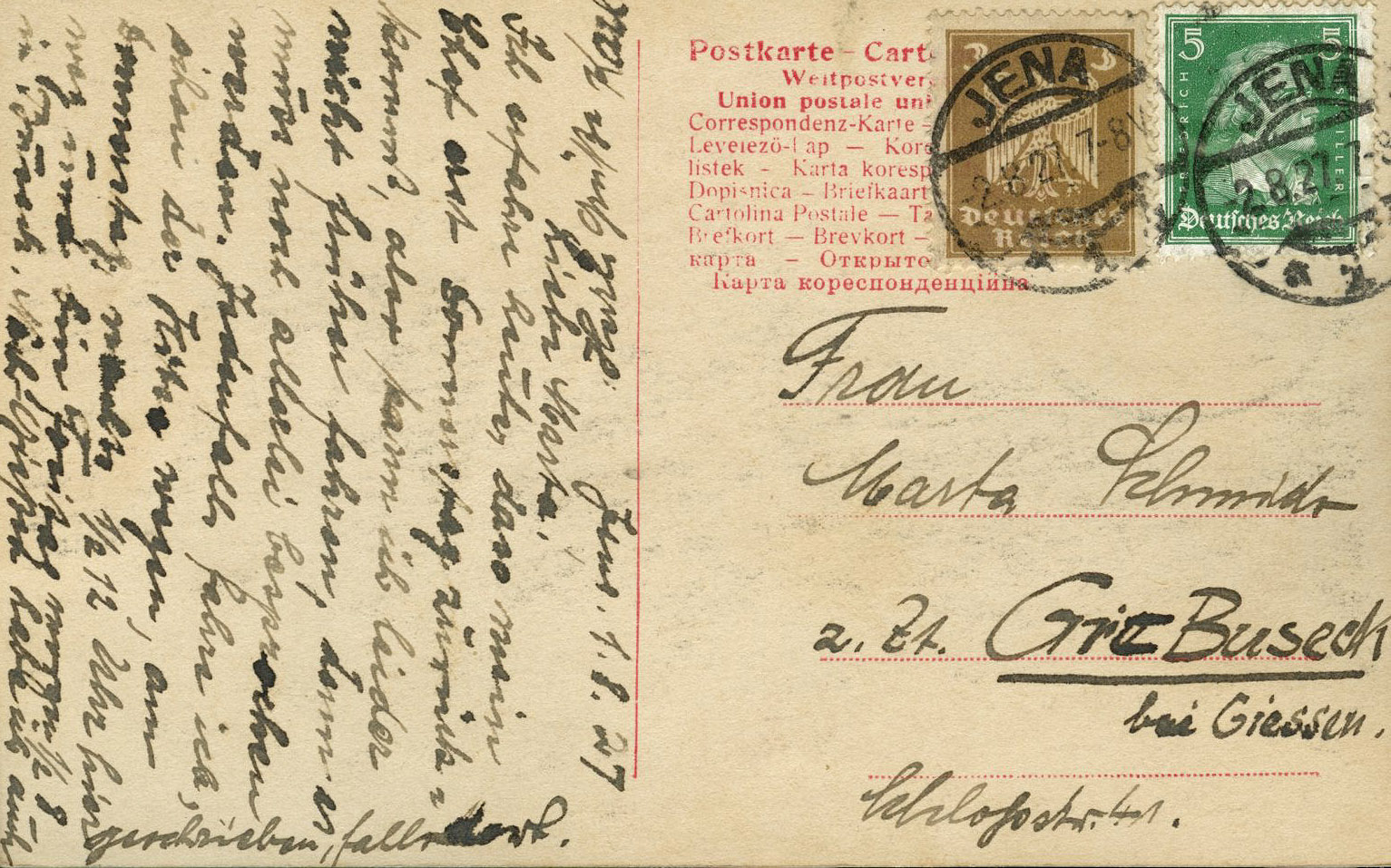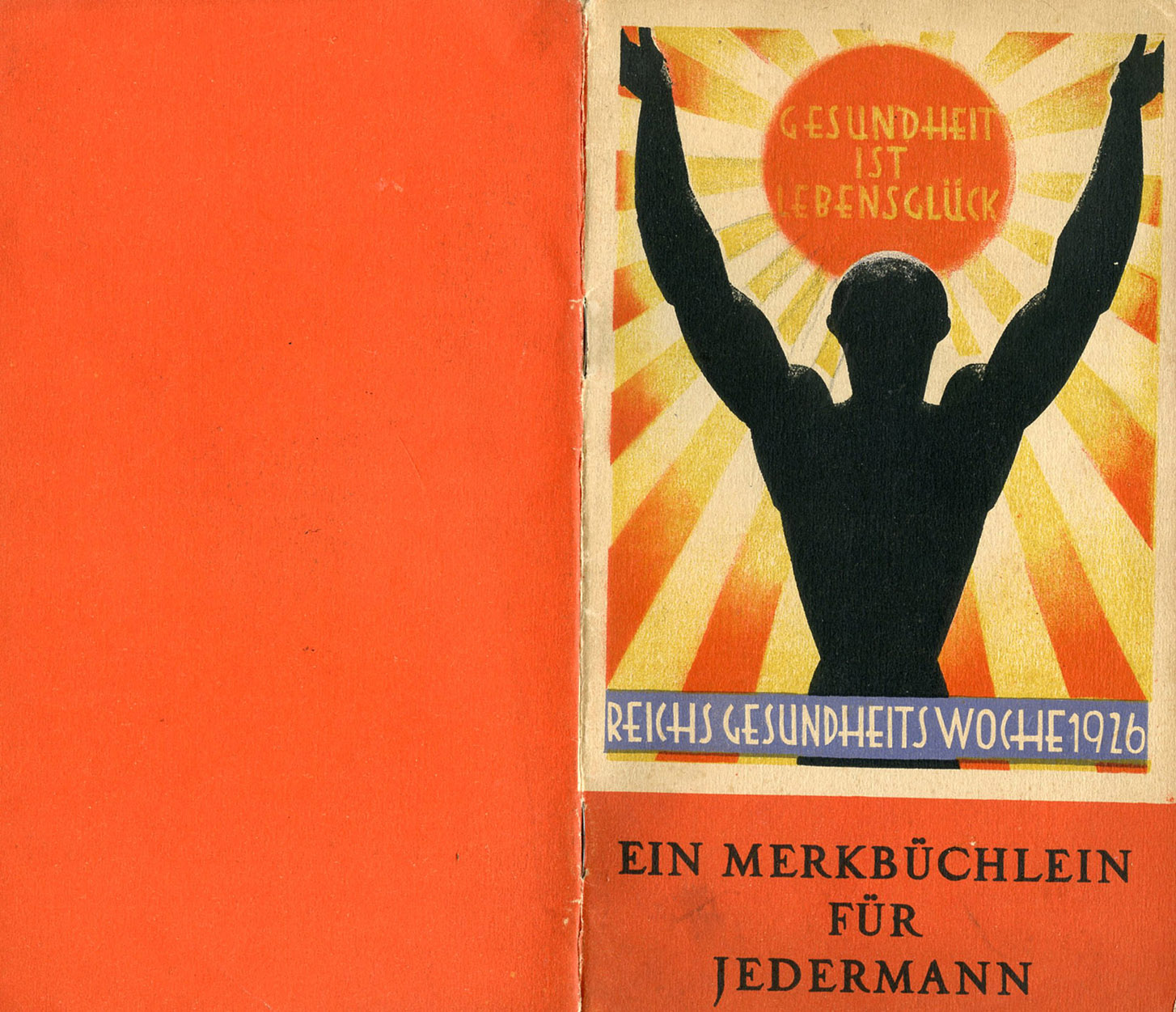
I suppose the logical place to start our conversation on World War Two would be a little over two decades before its official beginning with the Versailles Treaty, which was specific to Germany and her 'defeat' and signed on June 28, 1919, about seven months after the armistice was signed ending World War One on November 11, 1918. Of the many provisions in the treaty, and one of the most important, was the devilish requirement that Germany accept sole responsibility for causing World War One (the so-called 'Guilt Clause') and, to disarm, make substantial territorial concessions and pay reparations to their enemies. It was clear that the so-called 'Big Three' (Britain, France and The United States) meant to cripple Germany militarily, politically, and economically by the conditions they laid out in the treaty.
These terms were nothing short of national suicide for Germany. They limited Germany's army to 100,000 men and its navy to 15,000 (also spelling out massive restrictions to the number of boats it could have; 6 battleships, 6 cruisers, 6 destroyers, etc. and even these had restrictions upon them). They were banned from manufacturing weapons or their importation. Armed aircraft, tanks and even armored cars were prohibited. These are just some of the military restrictions laid out in the treaty. It is also worth noting that it also prohibited Germany from uniting with Austria to make up for the territorial losses the treaty included. Although in 1938 Austria would overwhelmingly vote to rejoin with their ancestral land of Germany, defying the moribund treaty.
Which brings us to the butchering of Germany's frontiers and colonies, where they literally chopped up and gave away much of Germany's land...
The total sum of war reparations demanded from Germany was 132 billion Reichsmarks, which were set to be paid until 1988! There are many more points and mountains more details about this insidious treaty, but, we must move on. Let's go backward in time to the autumn of 1917. On October 24th, the German army won a massive victory against the Italians. One that shocked their allies and the world. In the first week alone the Germans captured 250,000 Italian soldiers and 2,300 artillery guns. The following spring of 1918, and the final year of World War One, Germany launched a decisive offensive on the Western Front where German forces achieved an unprecedented advance of 40 miles. It is important to note that just weeks before this offensive Russian forces signed an armistice with Germany, officially backing out of the war, and ceding massive territories to the German victors. This effectively eliminated the entire Eastern Front of battle for Germany and her allies. She could finally concentrate her forces on one front. But alas, it was not to be. The treachery of labor strikes which had been brewing back home had severely weakened the German armies ability to supply itself. By 1917, there were roughly five hundred strikes across Germany, resulting in over 2,000,000 total work hours lost!
Something dark and insidious was creeping into both the public back home and the soldiers at the fields minds. Defeatism grew as the soldiers fought a war that they increasingly envisioned their country didn't support. Can you blame them? Five hundred strikes, 2,000,000 work hours lost?! That nearly halved Germany's production.
So, who was behind those labor strikes and the growing unrest among Germany's soldiers and civilians? One can study this important patch of bloody history and see the hidden front at Germany's heart and who the National Socialists would call 'The November Traitors.' It's true that the various powers-that-be have never wanted to see a strong Germany. Since its barbarian hordes first emerged from its primordial black forest, with fresh Roman Legion blood on their hands. To find the truth about this hidden enemy at home, we'll have to travel even further back in history. Before the time of European empires. Before the great warriors like Stonewall Jackson, Napoleon, Julius Caesar or even Alexander. Before even the rise of ancient Rome or Greece.
Here, hiding throughout the shadows of human history, we'll find the arch-enemy of mankind. The poisoners of truth. The ugly face of our ancient adversary. The destroyers of the first civilization on earth. At least six thousand years before 'The November Traitors' and their secret masters. Glorious Sumeria. The Fertile Crescent. Eden.'
[Above and Below: Children playing with bundles of worthless money during the hyperinflation in Germany, 1923!]
[Above: Children making a kite out of German inflation money...]
[Above: Children fly kites worth millions of dollars! Too bad they are made of worthless German inflation money...]
[Above: Children cutting money with scissors for projects...]
[Above: Inflation money used as wallpaper!]
[Above: Inflation money used as wallpaper!]
[Above: Mountains of worthless inflation money!]
[Above: A woman uses worthless inflation money to heat her house! She's shown here stuffing it into her furnace.]
[Above: On the way to the store to buy a slice of bread?]
[Above: A woman makes clothes out of inflation money.]
[Above: Here is an envelope (front/back) with almost 500 million marks in postage!]
[Below: 'Rain, Rain, nothing but Rain'... Max wrote this postcard message April 28, 1903, sent it the next day, and it arrived in San Francisco on May 12, 1903 and was probably delivered the next day or so. He sent it from Baden-Baden, Germany, all the way across the world, to say that it was raining. I love this fucking guy! Haha...]
[Below: Reverse.]
[Below: 'Semper Talis' (Always Such). The war monument shows a modern German soldier (WWI era) and a soldier of the past shaking hands beneath a portrait of Frederick the Great. It says:
[Below: Reverse.]
[Below: This beautifully dreary image is by French landscape painter Jean-Baptiste-Camille Corot (July 17, 1796 - February 22, 1875).]
[Below: Reverse. This was sent on October 10, 1906.]
[Below: This is a pretty incredible booklet for 1926. It's in full color and must have cost a lot to print back then. Health movements were all the rage in the 1920s and 1930s, so was nudism and getting lots of sun and fresh air. Now people go to McDonalds and drink Coca-Cola for 'health'. 'Gesundheit ist Lebensglück' (Health is Happiness). No truer statement was ever uttered. You may not understand unless you've lost your health before. 'Reichs Gesundheits Woche 1926' (Reich Health Week 1926). At the bottom it says 'Ein Merkbüchlein für Jedermann' (A Notebook for Everyone).]
[Below: Related to that above, here is a neat envelope from Germany from March 4, 1938. It says:
'Quarzlampen-Gesellschaft'
It also says:
'Wenn Ultraviolettbestrahlungen,
dann nur -Original Hanau -
Künstliche Höhensonne
hat Weltruf!'
UV light therapies grew to be very popular in the decades after the turn of the 20th century. There were two branches -- heliotherapy, which was natural sun therapy and phototherapy, artificial light therapy. People in ancient times knew the healing powers of the sun. Many cultures even worshipped it and its gifts to man. The swastika itself is a symbol of the sun. In the 1890s ultra-violet light was found to have powerful anti-bacterial action. In 1903 Neils Finsen won the Nobel Prize for his research in treating skin tuberculosis with ultra-violet light.
Sunlamps were discovered to be amazingly useful in treating a variety of diseases and ailments. In London in the 1930s Charing Cross Hospital in London used sunlamps to treat circulatory diseases, anaemia, varicose veins, heart disease and degenerative disorders.
In the Third Reich, the most advanced society in the world, whom in many different scientific areas were decades ahead of the rest of the world, the power of light was embraced and encouraged.
[Below: Children treated with sunlamps, Germany, 1930s.]
[Below: Baby cribs bathed in sunlight, Germany, 1930s.]
Today there are a handful of very promising studies of the healing powers of different spectrums of UV light. Being as there is little money in this area, studies are sparse, but incredibly promising. Big Pharma would rather you take their poison then learn about this, however.]
[Below: 'Herzlichen Glückwunsch zum Geburtstage' (Happy Birthday).]
[Below: Reverse. This was sent on April 14, 1908. These three girls would be well over 100 years old today.]
[Below: The Frauenkirche is a church in Munich.]
[Below: Reverse. A rather ominous message... but very true.]
[Below: The Frauenkirche church after Allied bombs. I wonder what the Christian god thought about the British and Americans firebombing his houses?]
[Below: Check out the spider with the inverted cross on its back. He's just trying to be edgy. Probably going through a phase, so don't judge him.]
[Below: Reverse - this was sent June 1, 1908.]
[Below: This high quality embossed Christmas postcard was sent from Hamburg to Michigan.]
[Below: Reverse - this was sent on December 11, 1906. You'll notice the cancel is a large flag with the words D.R. on it. This stands for Deutsches Reich.]
[Below: Oh my GOD! This is a crime against man, beast and GOD! Who would write like this?! Who could possibly read this madman's scrawlings?! This is probably the worst postcard message ever sent. It could give the viewer any number of mental illnesses just looking at it.]
[Below: Reverse - this servant of darkness sent this on September 27, 1905. To make matters worse the bastard didn't add enough postage so the recipient had to pay five cents! And in 1905 that was like $1,000.]
[Below: Okay, this is bizarre! Esperanto is the world's most widely spoken constructed international auxiliary language. Created by Polish ophthalmologist L. L. Zamenhof in 1887, it was intended to be a universal language.]
[Below: Reverse.]
[Below: Communist graphic advertising an Esperanto Labor Congress in Paris in 1914. They got the whole capitalism as a vulture thing right, that's for sure.]
[Below: This must have been a very expensive postcard - it is a photo glued on a postcard and is very high quality. It says 'Glück und Segen zur Konfirmation' (Good Luck and Blessings for Confirmation).]
[Below: Reverse - this was sent on March 31, 1906.]
[Below: Wow, what a little cutie.]
[Below: Reverse - this was sent on August 2, 1927, from Jena (Jena is a city in Germany and the second largest city in Thuringia).]
[Below: Is this guy cool or what?]
[World War One: A Discussion of Fact and Falacy]
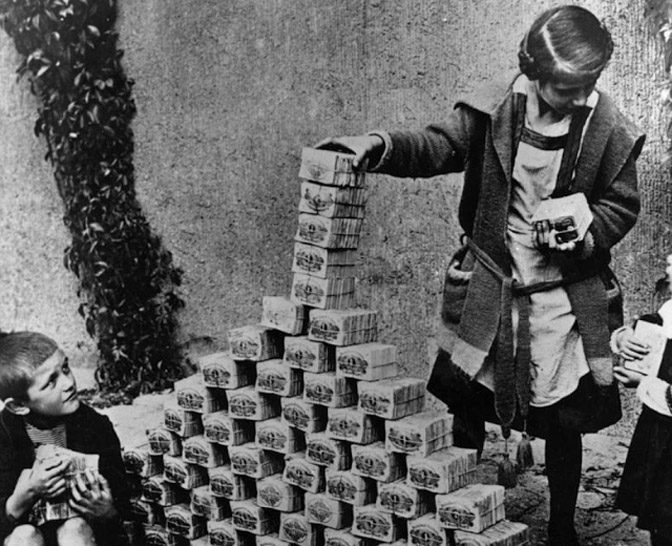
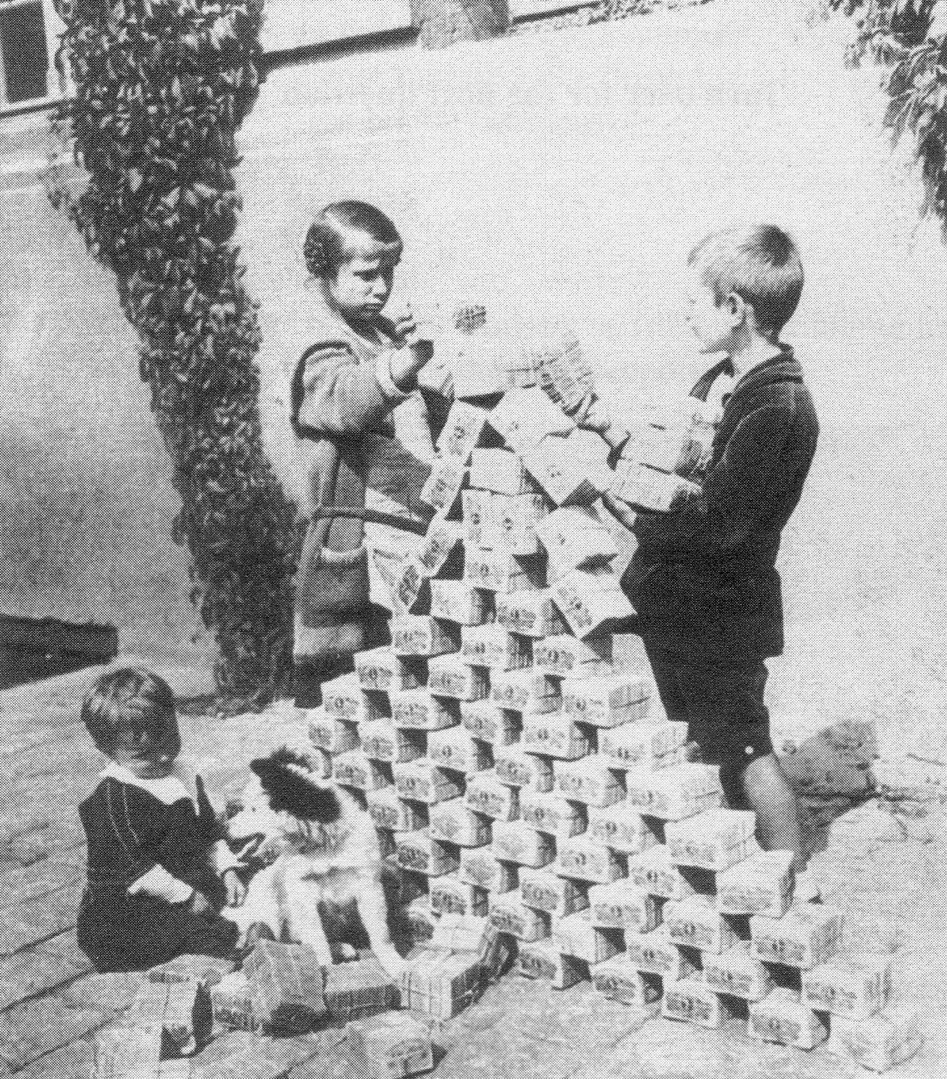
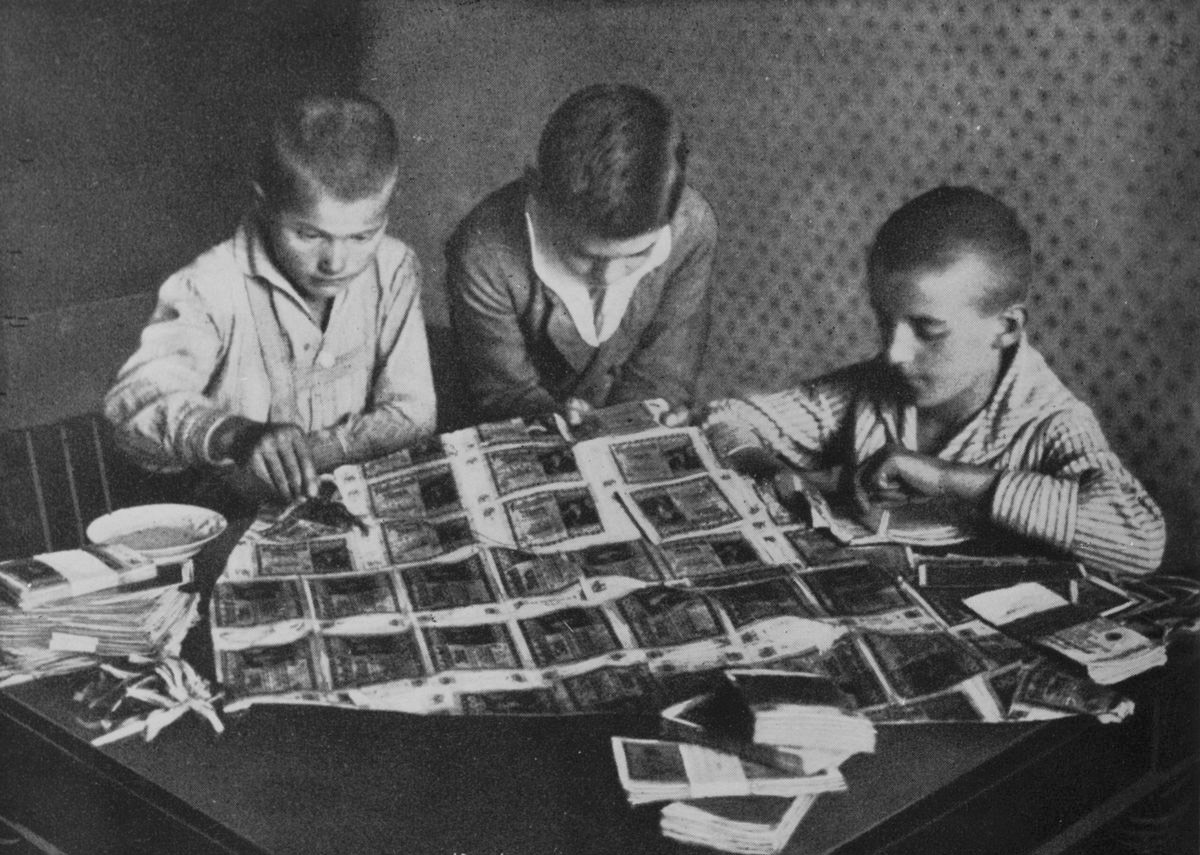
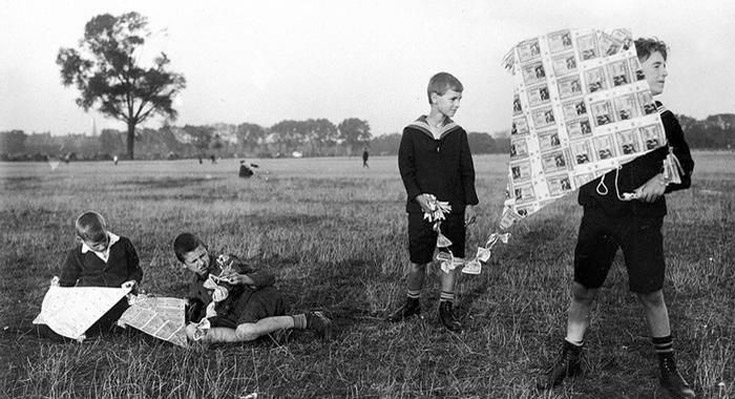
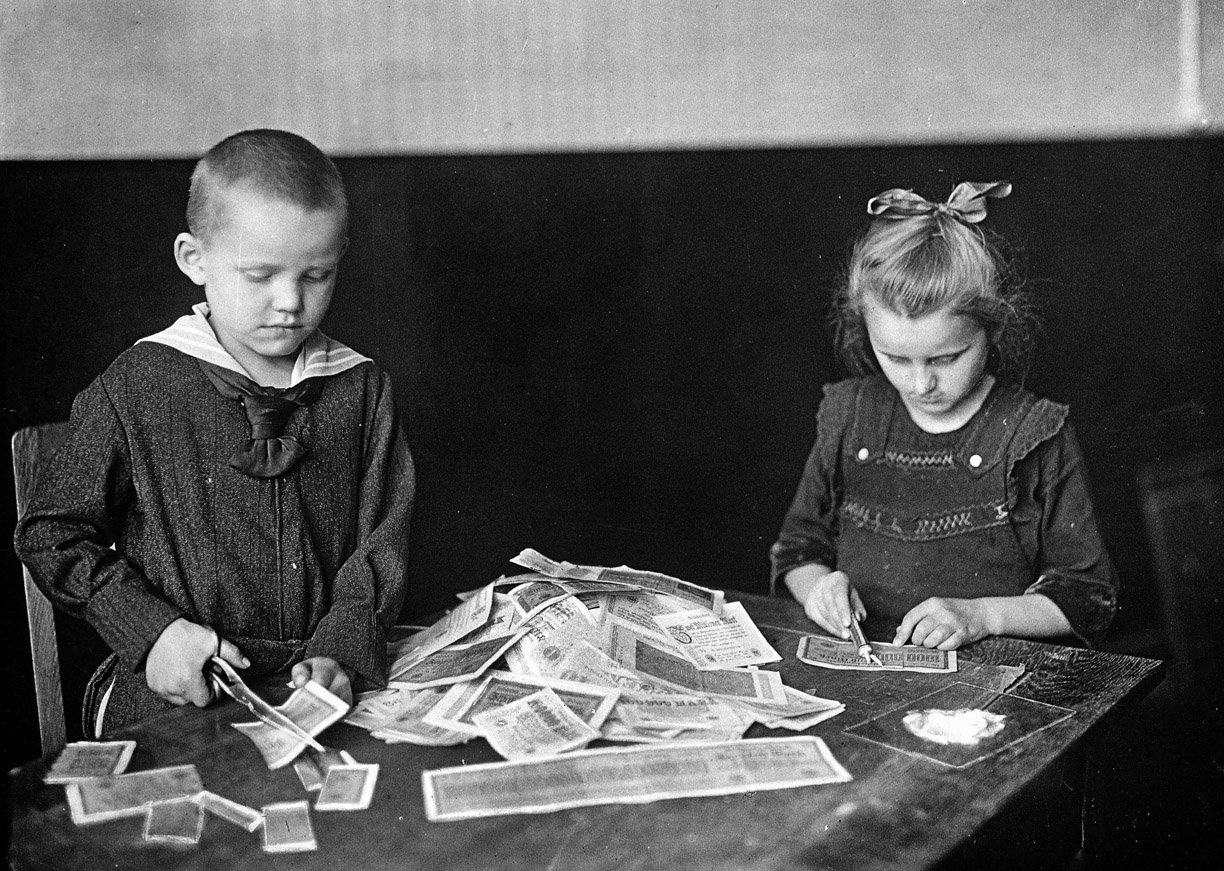
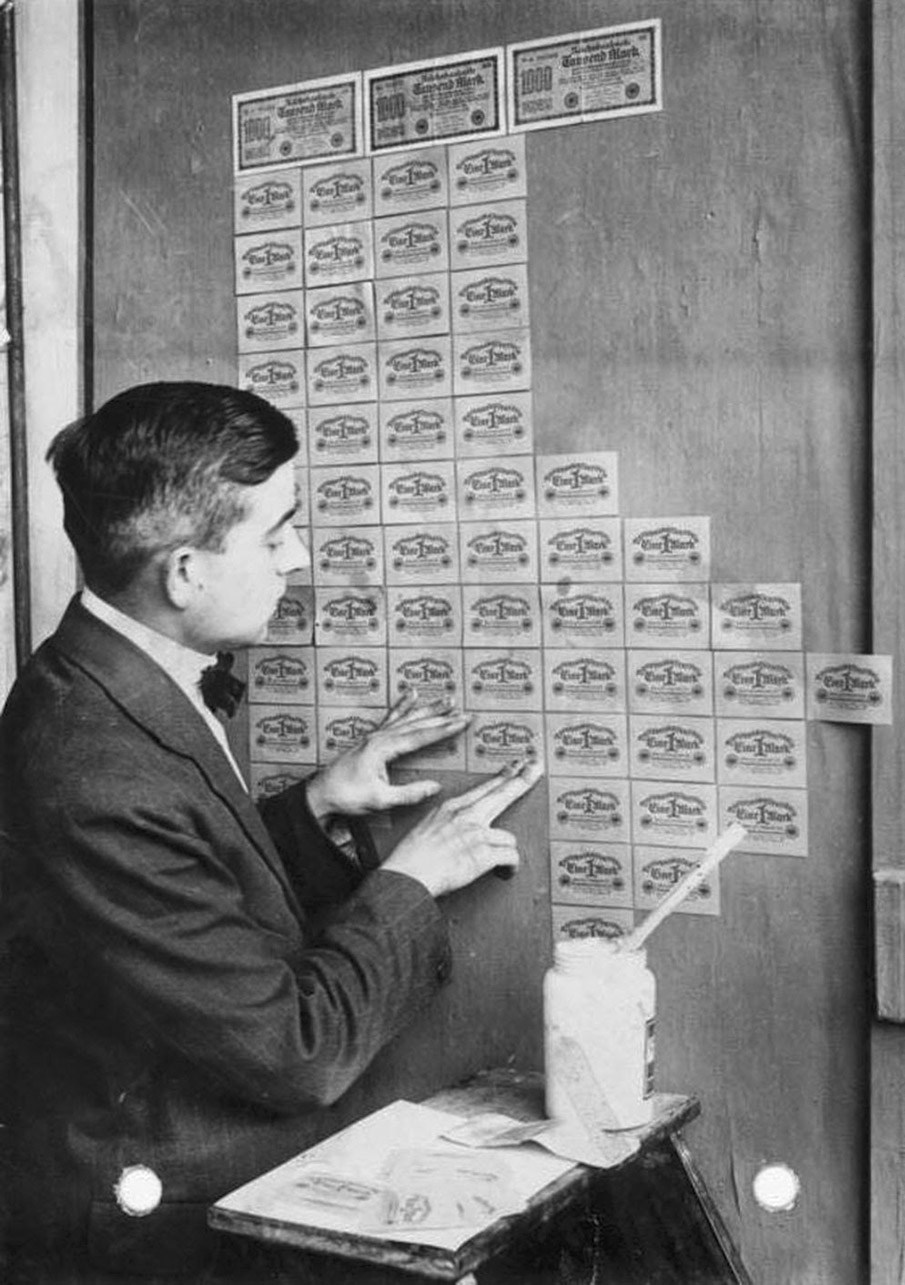
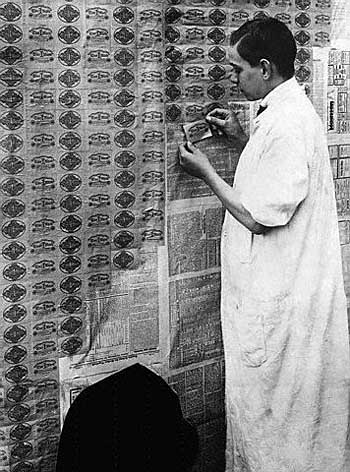
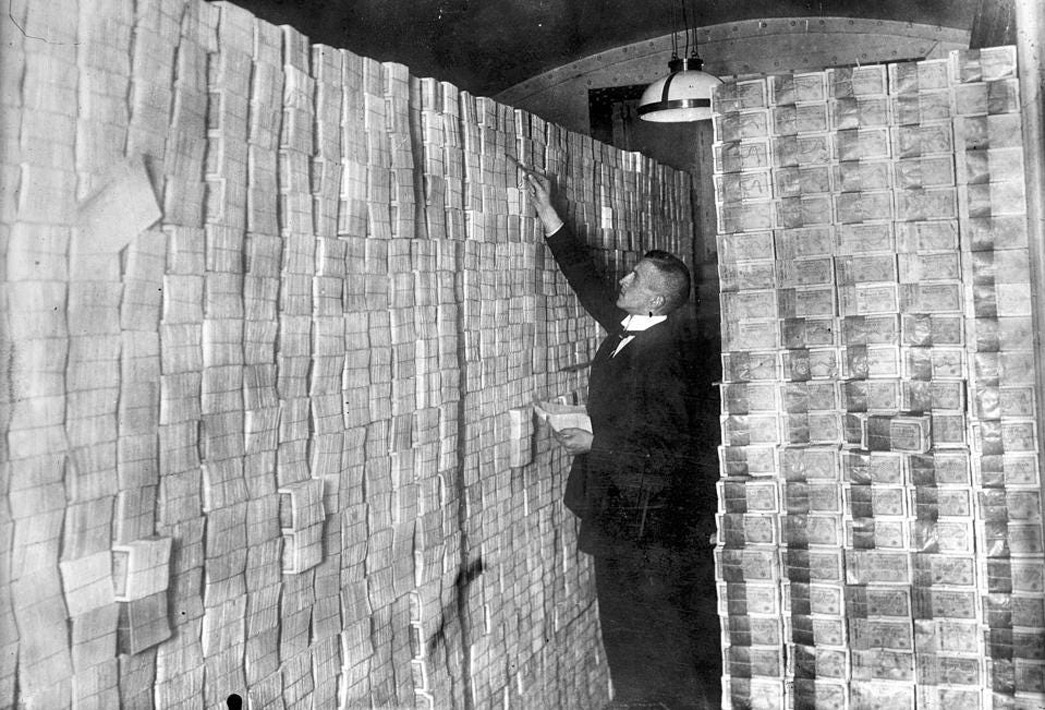
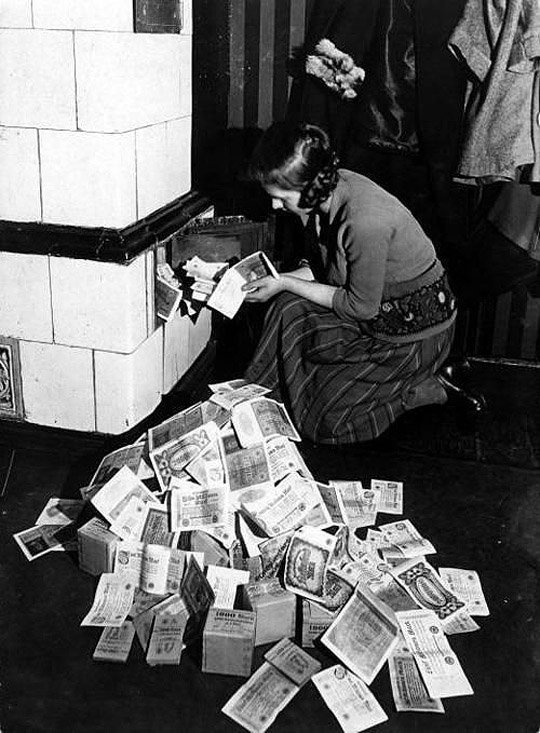
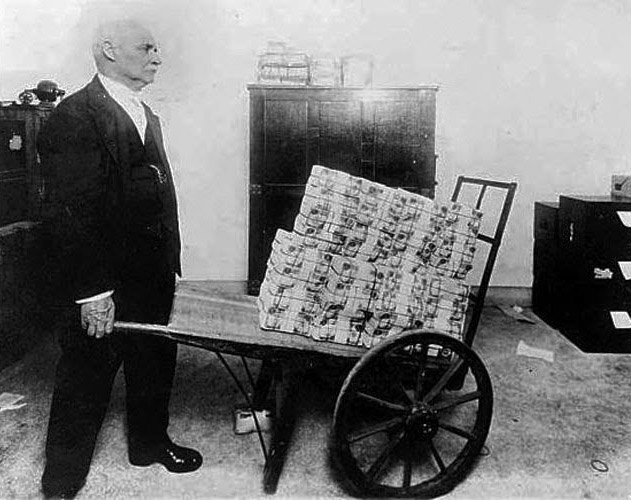
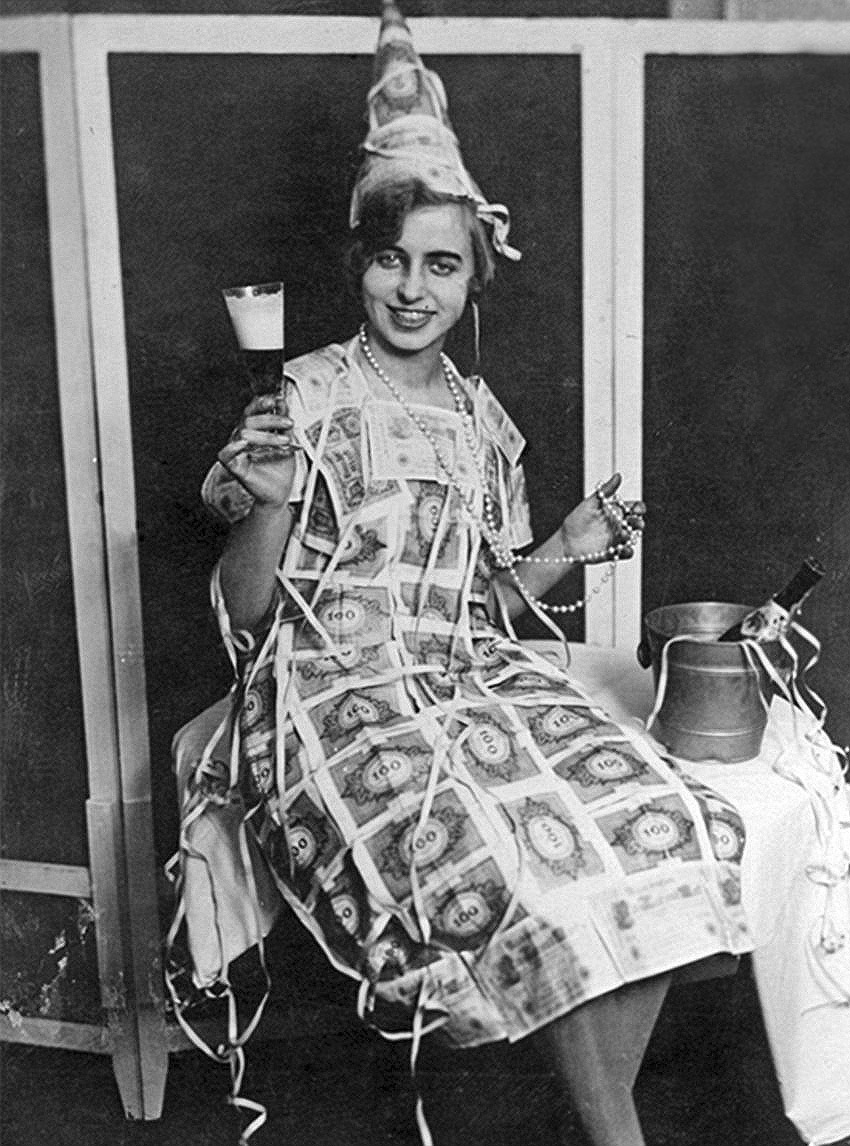
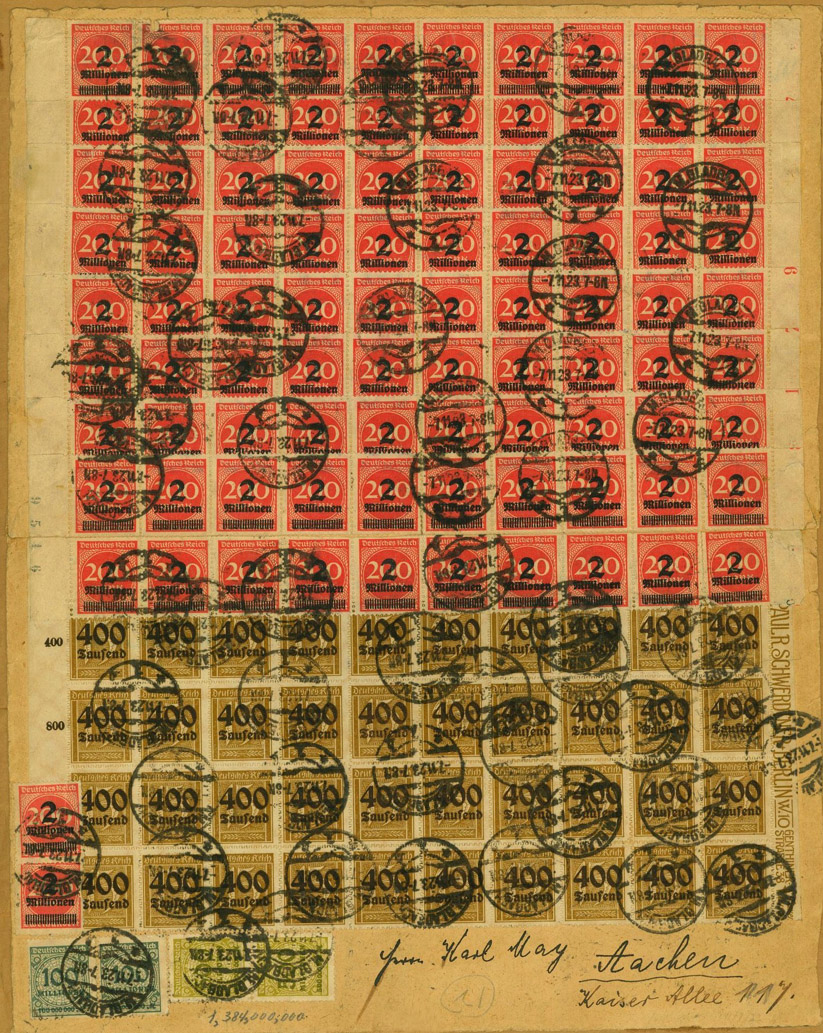

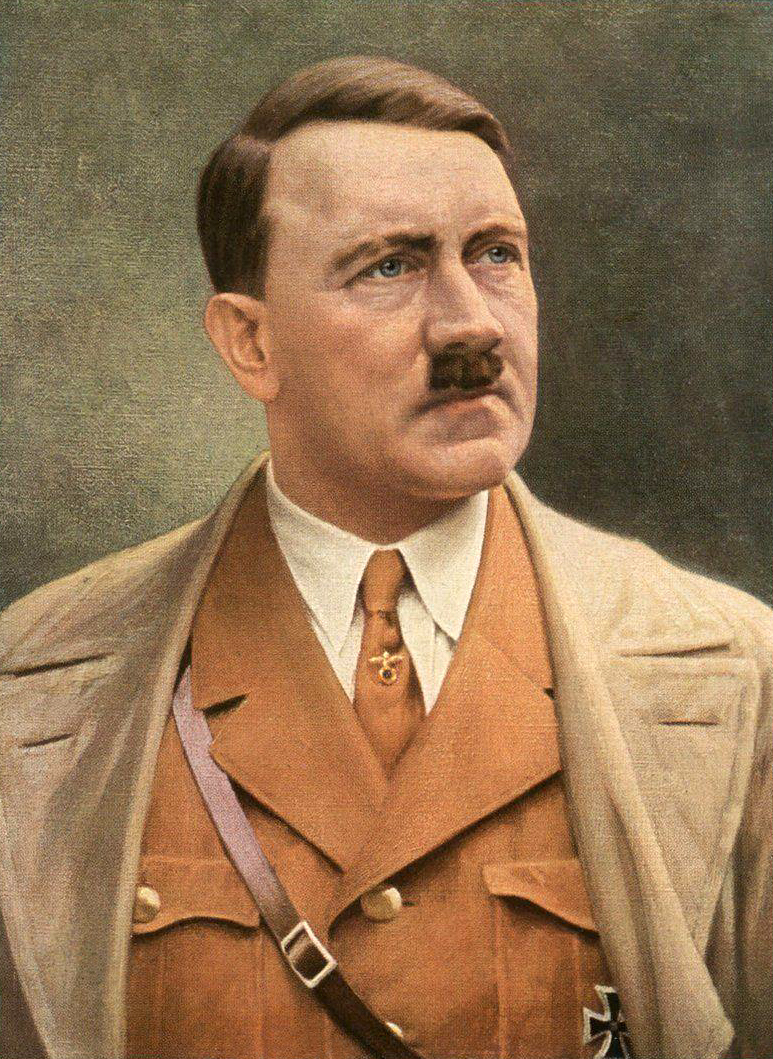

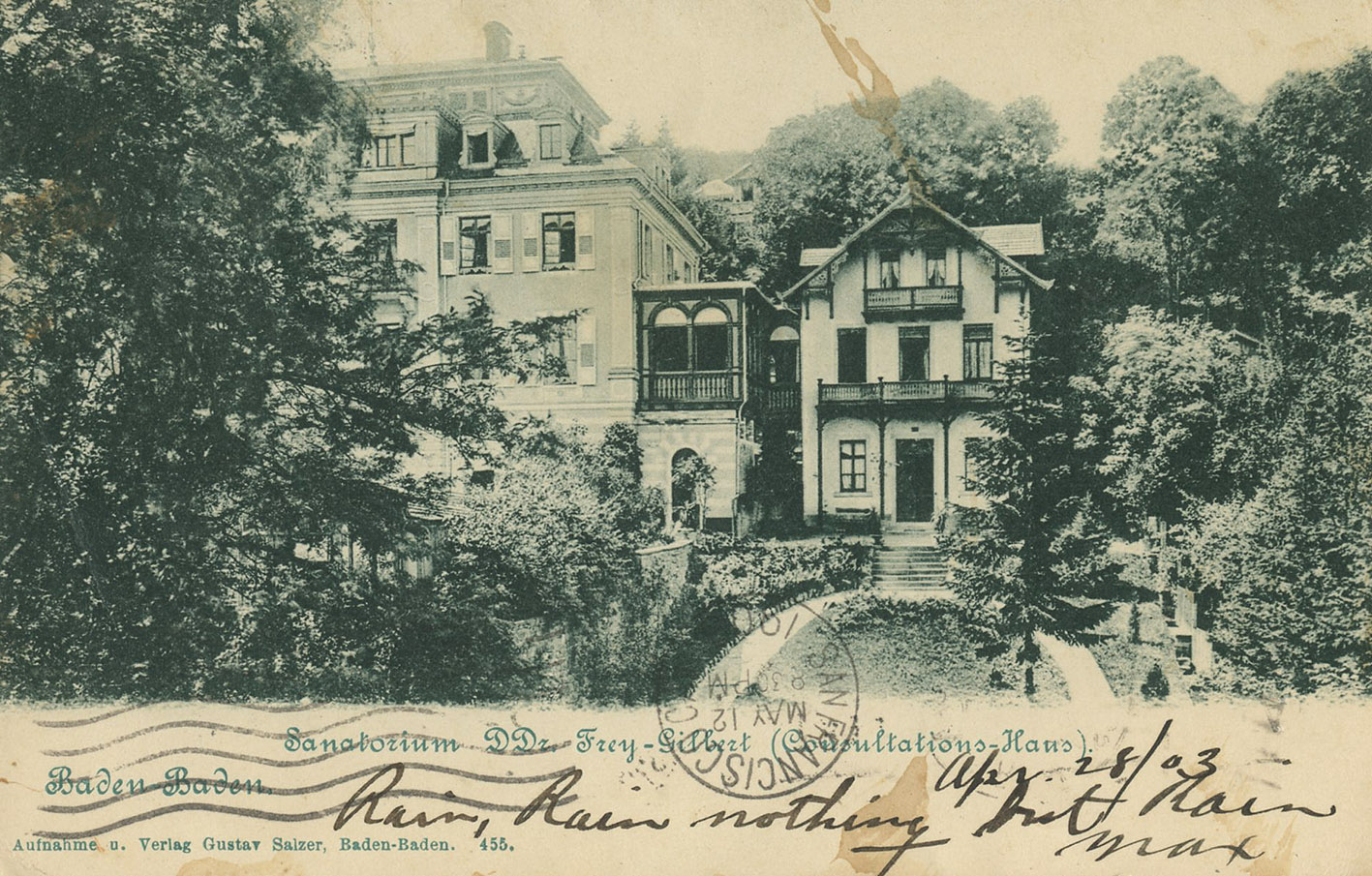
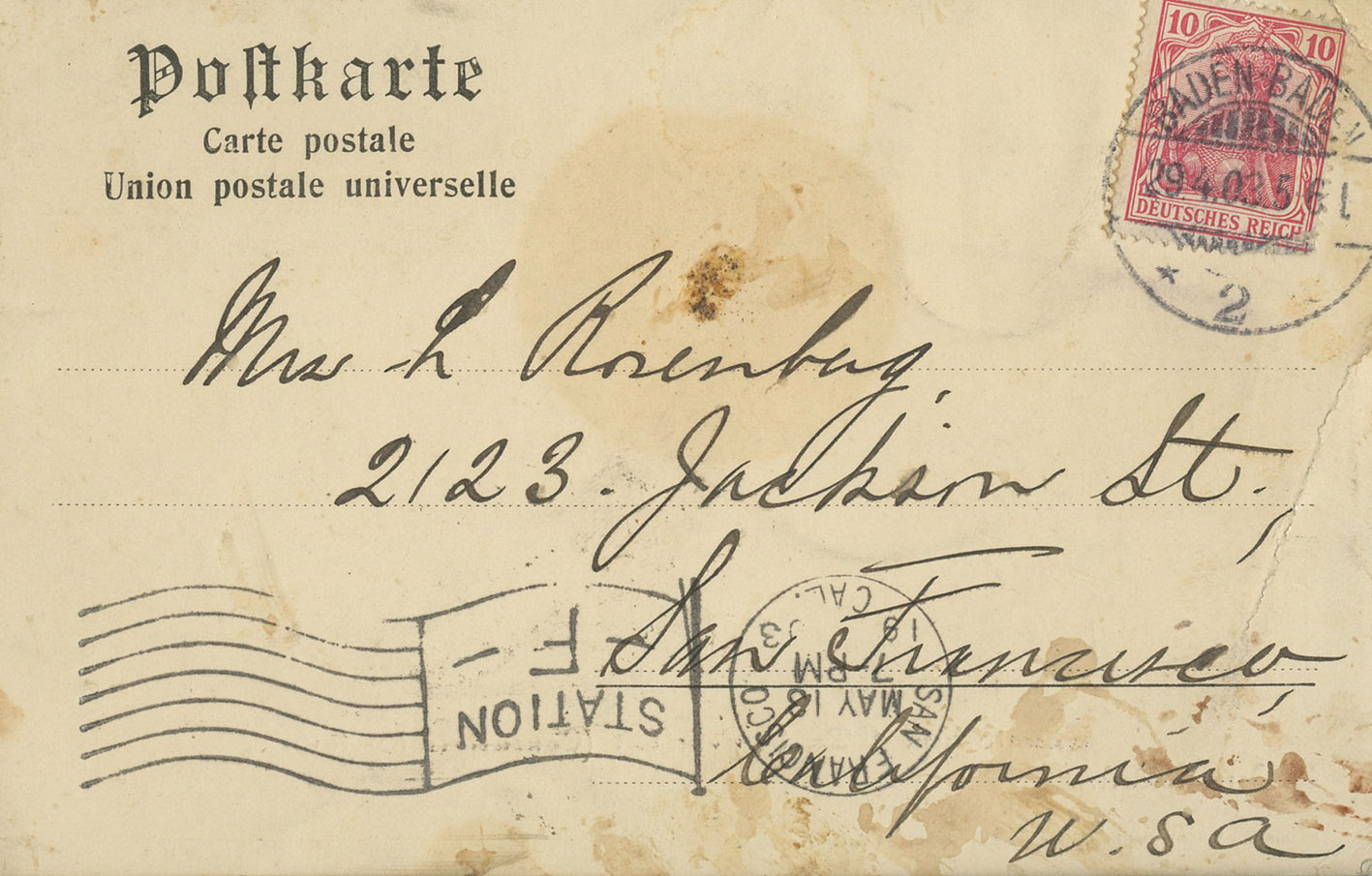

'Dem Ersten
Garde Regiment Zu Fuss
Seinen Treuen Toten'
(The first
Guard Regiment On Foot
His faithful dead)
This monument was in Potsdam, I wonder if it is still there?]
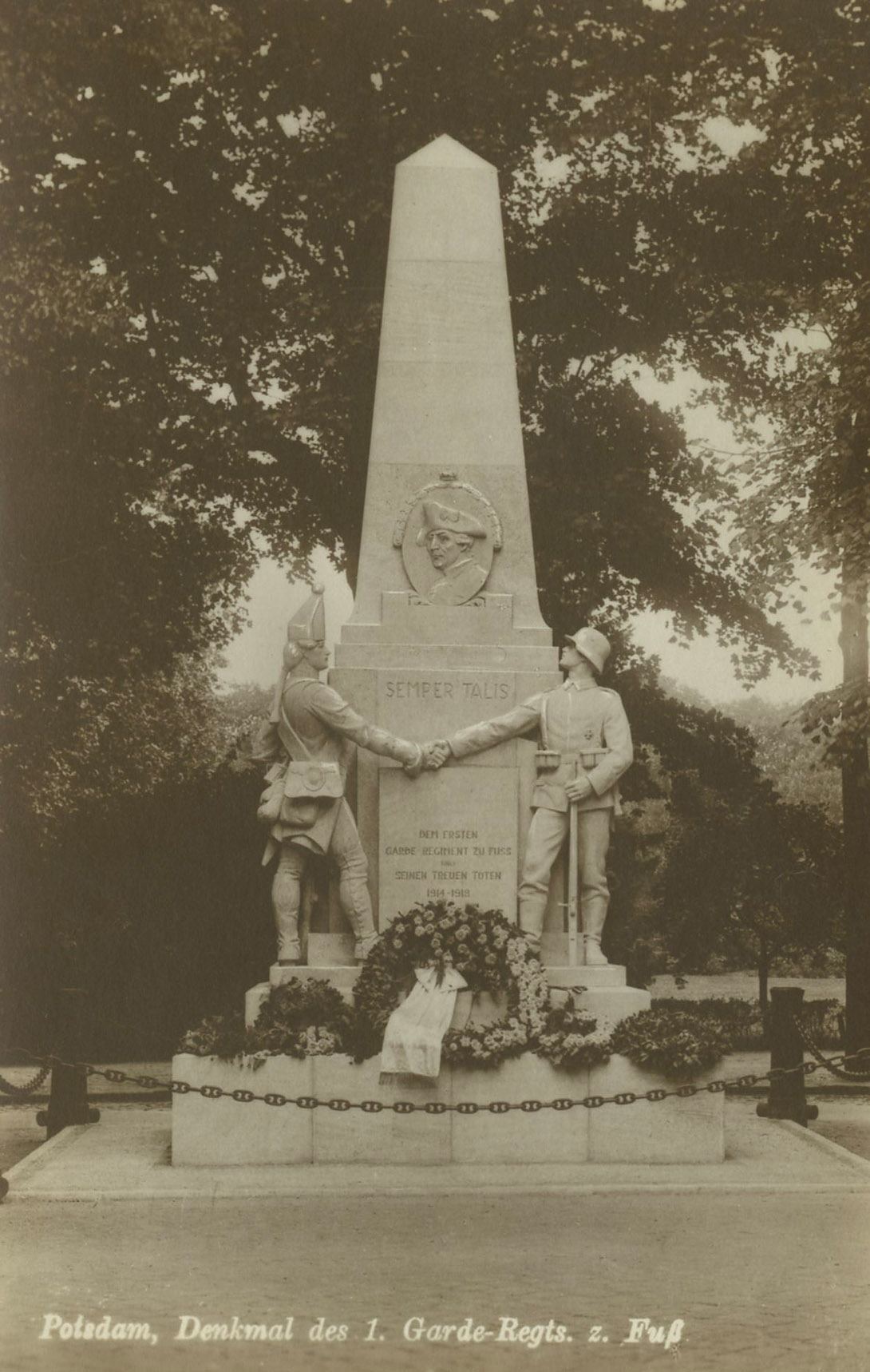
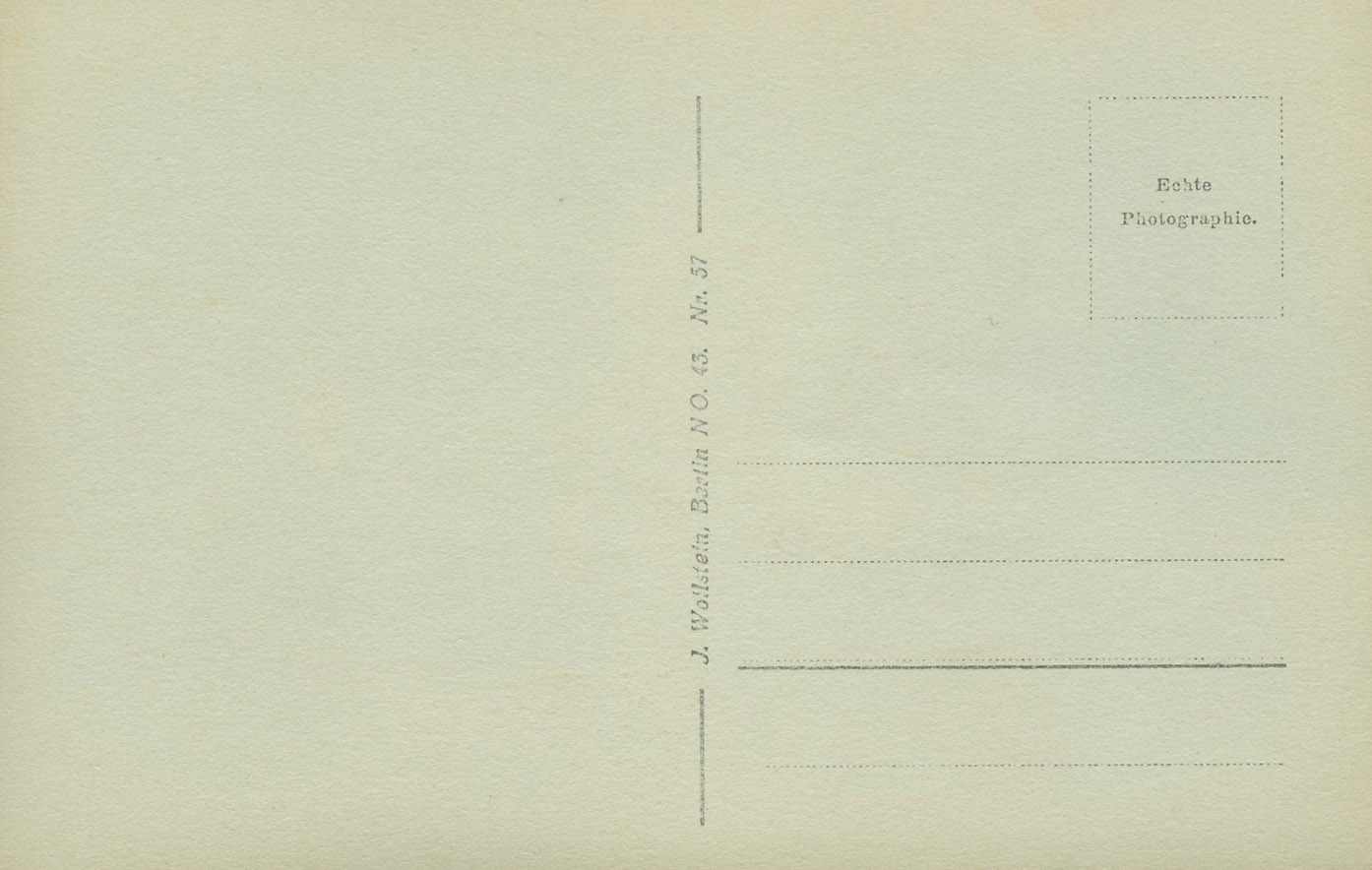

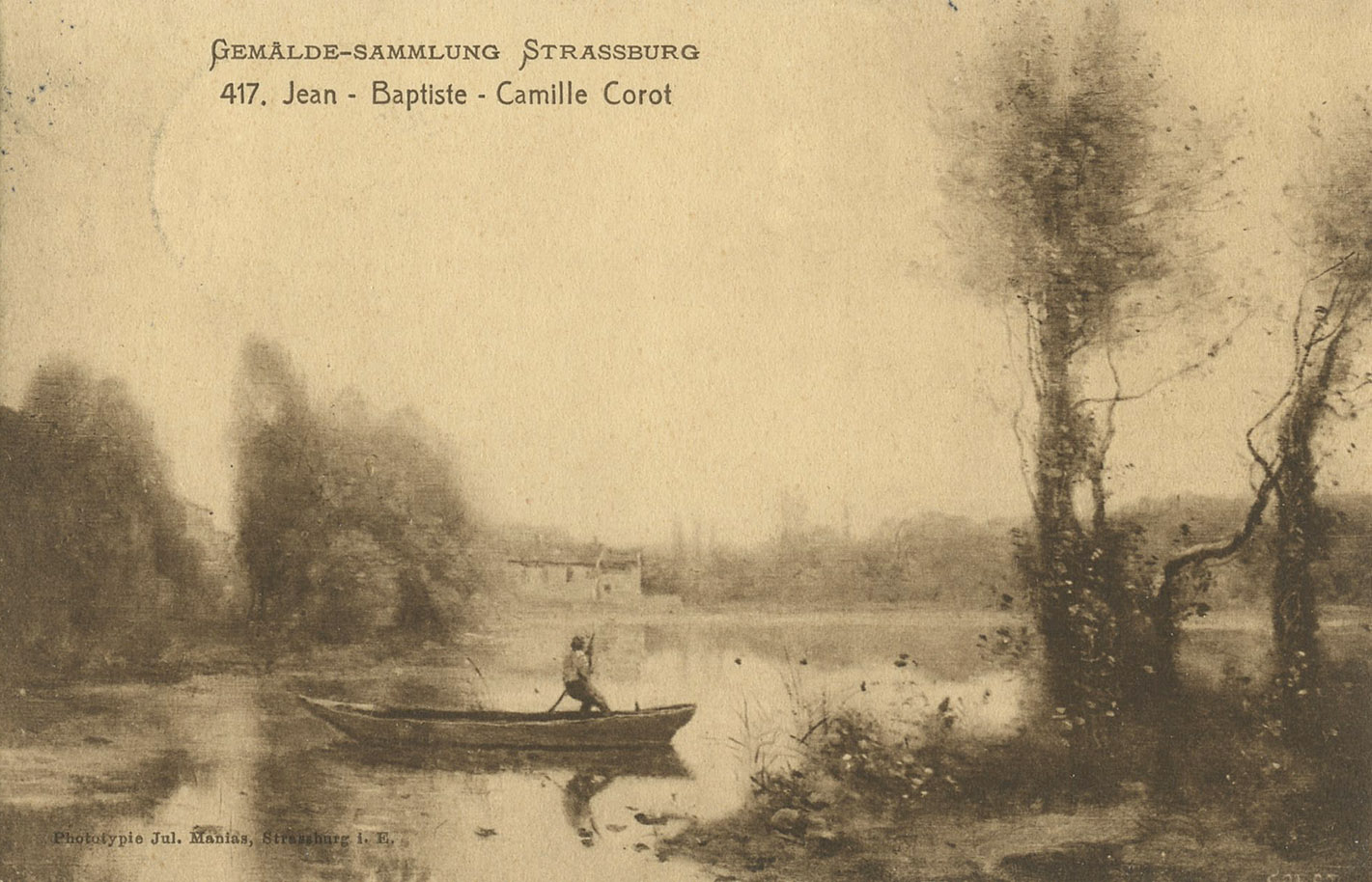
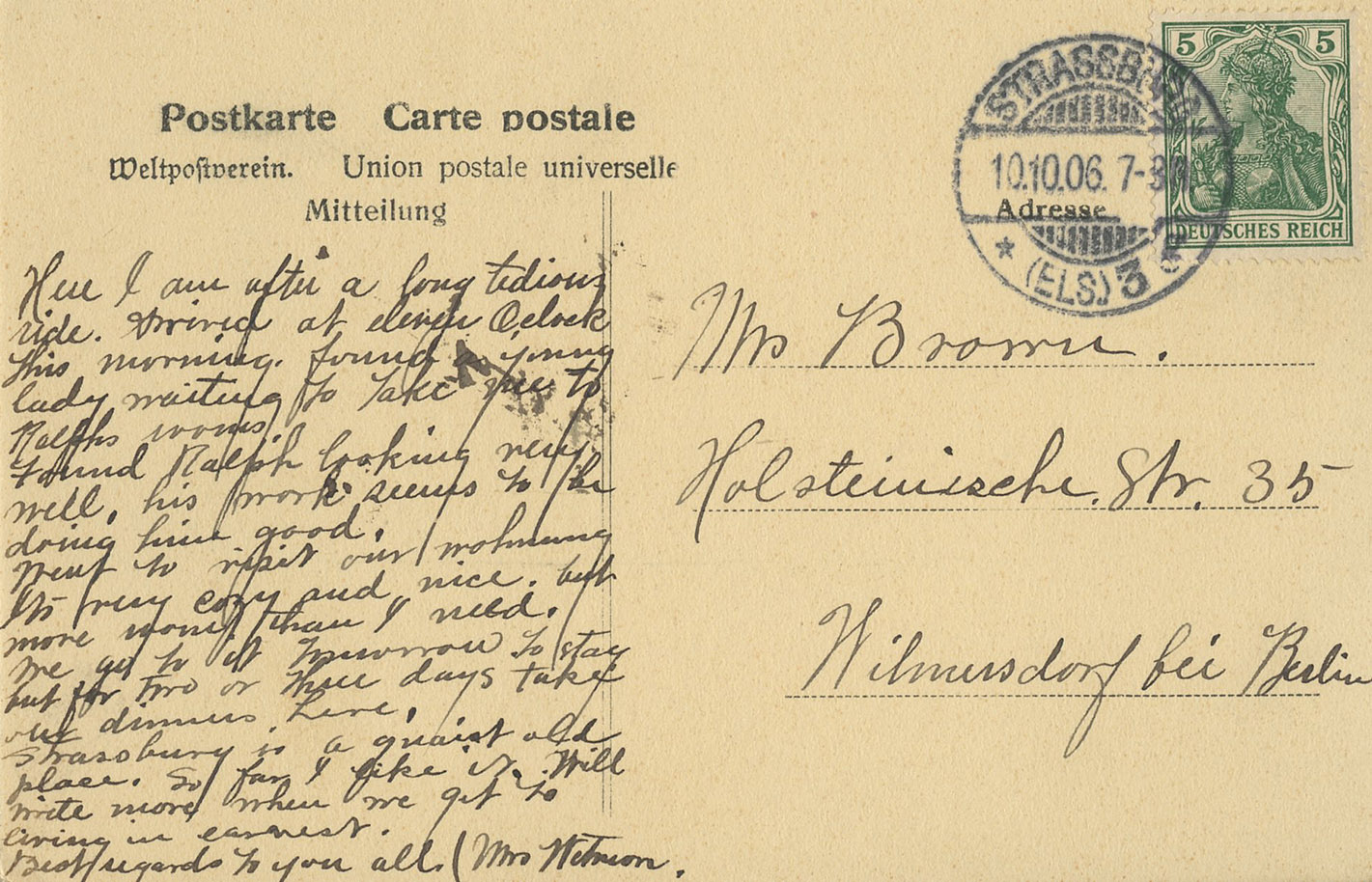

(Quartz Lamp Society)
([...] Ultraviolet irradiations,
then only - Original Hanau -
Artificial sunlamp
has world reputation!)
